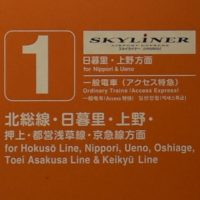 Welcome to another instalment of Brian’s Travel Spot, following on from my flights with Finnair from Manchester via Helsinki and on to Tokyo’s Narita airport. I ended that particular Travel Spot at Narita Airport, where, as every seasoned traveller knows, the journey’s not quite over. You still have to get from the airport to your ultimate destination. Sometimes, this is fairly straightforward. However, in the case of Narita, you are faced with a bewildering array of options…
Welcome to another instalment of Brian’s Travel Spot, following on from my flights with Finnair from Manchester via Helsinki and on to Tokyo’s Narita airport. I ended that particular Travel Spot at Narita Airport, where, as every seasoned traveller knows, the journey’s not quite over. You still have to get from the airport to your ultimate destination. Sometimes, this is fairly straightforward. However, in the case of Narita, you are faced with a bewildering array of options…
Part of the trick is knowing where in Tokyo (or, in my case, where beyond Tokyo) you want to get to. This Travel Spot is dedicated to getting to and from Narita Airport using just one of the options, the Keisei Skyliner, although I will talk about the merits of the other routes/options.
Narita, by the way, isn’t the only airport in Tokyo. There’s also Haneda, which, in contrast to Narita (65 km east of Tokyo), is much closer to the city centre, on the western edge of Tokyo Bay. You also have a similarly bewildering array of options there, including a monorail! For more on getting to Tokyo from Haneda and getting back to the airport, check out my trip from July last year.
You read about the various options after the gallery.
Sometimes getting to/from an airport can be a nightmare due to the lack of transport options. Narita suffers from the opposite problem, with a bewildering array of options, which can be particularly confusing when newly arrived and somewhat sleep-deprived after a 12-hour flight! Hopefully, the Travel Spot can help.
Let’s start with the obvious, which include taxis and buses, the most useful of which is the Limousine Bus which runs to/from the many of the major hotels. It is slower than the train and slightly more expensive, although if you’re staying at or near one of the pick-up/drop-off points, it might be more convenient. However, I’m not a big fan of buses and, where possible, avoid taxis, leaving the train as my preferred option.
The first thing you need to know is that Japan has lots of railway lines, run by multiple train companies. The main one is the JR Group, but there are a host of smaller companies. Unfortunately, the various train companies don’t accept each other’s tickets, so it’s not as simple as buying a ticket to/from the airport. You need to know which train line/company you’re travelling with and, as you’ll see, you often need to know which train you’re going to catch.
The two main options are the Narita Express, run by JR East (part of the JR Group), and the Keisei Electric Railways Skyliner, another express service, although by Japan’s standards, neither of them is that fast in comparison to the famous bullet trains, the Shinkansen. Both run non-stop between the airport and the centre of Tokyo and are reservation only, so you have to buy a ticket for a specific train, your seat reservation included as part of the ticket. Typically, the Narita Express offers a half-hourly service, while the Skyliner runs every 40 minutes.
Much of the decision depends on where in Tokyo you’re heading to. The Narita Express, for example, runs through to the main Tokyo station before heading on to major stations such as Shinagawa, Shibuya and Shinjinku in central Tokyo, with another branch connecting to Yokohama. Be careful though: the Narita Express often runs combined trains to Tokyo, which then split, the front going to one destination and the rear heading to another, so make sure you get on the correct part!
In contrast, the Skyliner is much simpler, running a single route to/from Ueno. For most of the way, it’s on a dedicated, highspeed (160 km/h, 100 mph) line, before joining the local network. It calls at just one other station, Nippori, about five minutes from Ueno. Ueno, by the way, is north of Tokyo station and well connected to Tokyo’s extensive metro network.
There are also multiple cheaper (and slower) local train options. For example, the Keisei Main Line runs to/from the same stations as the Skyliner and is operated by the same company. It’s also half the price but takes roughly twice as long (1¼ hours versus 40 minutes), stopping at various stations along the way. There are also plenty of slower, local services run by JR East, which stop at intermediate stations between the airport and central Tokyo, as well as offering through trains to a much wider range of destinations in the greater Tokyo area.
Cost is another consideration. Both the Narita Express and Skyliner are around ¥2,000 – ¥2,500 one way (roughly £20), with the local options half that price, while you can buy combined tickets (the Skyliner has a combined ticket/metro pass for ¥2,800). Much of this depends on where you are going and how you are getting back. For example, both routes offer savings if you buy a round-trip ticket, but that commits you to going back by the same route. Finally, it’s worth noting that if you have a JR Rail Pass, then the Narita Express is covered, but you’ll still need to reserve a seat on a specific train (which you can do for free).
While I don’t have any particular recommendations on which route to take (it really does depend on where you’re going) I do strongly recommend working it all out in advance. If you don’t, you’ll be bombarded with questions when you arrive at the airport and you really don’t want to be making all those decisions after a 12-hour flight and no sleep!
You can see what I did after the gallery.
On my arrival, my choice was fairly simple. I was travelling on to Ueda in the mountains of Nagano prefecture to see my friend Christopher, so the first step was to get into the city where I could catch the Hokuriku Shinkansen. Although the Hokuriku line starts in Tokyo station, all the trains stop at Ueno a few minutes later. While I could have taken the Narita Express to Tokyo station, it was much easier to catch the Keisei Skyliner to Ueno, although in the grand scheme of things, I doubt it made a great deal of difference.
I’d retrieved my bag and made it through customs not long after 09:00. In theory, I could have caught the 09:18 Skyliner, but since I had things to do at the airport (including buying my Skyliner ticket, getting a Japanese SIM card for my phone and buying my onward Shinkansen ticket from Ueno to Ueda) I decided not to rush. Instead I bought a ticket for the 10:02, which got me in to Ueno at 10:43. However, it may have made little difference since there wasn’t enough time to connect to the 10:50 departure to Ueda, while the 11:10 had no vacant seats, so I ended up on the 11:30. This would have been easily doable had I gone via Tokyo station, since there was a 09:48 Narita Express that would have got me in at 10:46.
As it was, I’d completed my chores by 09:30, helped by the JR and Keisei ticket offices being next to each other on level B1. You’ll find all the train concourses and ticket offices here, although you can also buy tickets on the main arrivals concourse.
The next trick is getting to the platforms, which are on the next level down. The Skyliner, Narita Express and the various local trains all depart from the same concourse, so you have to be careful about where you’re going. However, Japanese stations are nothing if not well-signposted and all the signs are in English as well as Japanese, so there’s no excuse if you’re paying attention.
My main complaint is that the Skyliner platform isn’t a great place to wait, since there are no seats. With hindsight, I’d have been better off waiting in the main airport terminal, then coming down with 10 minutes to go. However, since I was down there and it was only a 20-minute wait, I decided to stay put.
Another thing to note is that the Keisei Main Line trains use the same platform, so you have to be careful not to get on the wrong train. Once again, the signage is very clear and in English, plus the trains look very different, so there’s no excuse if you’re paying attention. Finally, since you have a specific seat reserved in a specific carriage, it pays to stand on the correct part of the platform. Once again, the signs come to the rescue, with clear markings on both platform and barriers showing you where to stand.
You can see how the journey went after the gallery.
Taking the Skyliner was a bit of a nostalgic experience for me, since it was how I got into Tokyo the very first time I came to Japan in April 2017, but since then I’ve either taken the Narita Express or flown into Haneda. My flight arrived at Terminal 2, part of the Terminal 2/3 complex at Narita. The train, however, started at Terminal 1, so there was no option of boarding early. However, this being Japan, it arrived and departed on schedule.
The train is a lovely, modern, eight car, high-speed unit (high-speed being 160 km/h or 100 mph, not bullet train speeds, the Shinkansen being capable of travelling twice as fast). The seats are wide and comfortable, with plenty of legroom, at seat power and a fold down table that’s perfect for my laptop. There’s free Wifi too and plenty of luggage space at the end of each carriage, helped by broad overhead luggage racks which comfortably took my large rucksack.
The seats are arranged in rows of four, with two seats either side of the central aisle. All the seats face forwards but can be pivoted to face the other way (so if you are travelling together, you can turn one set of seats around to face the ones behind them). At the end of the journey, the staff board the train and turn all the seats around so that they will all be facing forwards again for the return journey to Narita.
The train is really quick for the first half of its journey, where it runs on the new Narita Sky Access line. Once it reaches the urban areas, joining the suburban commuter lines at Takasago, it slows down considerably, passing through numerous stations. It’s an interesting route, since it gives you a good view of the countryside between the airport and the urban sprawl of Tokyo, before providing a close-up view of suburban Tokyo (which, in fairness, the Narita Express also does). If you’ve never been before, it’s a fascinating introduction to the city which is surprisingly low-rise. Mind you, I was in better shape, even with my 4½ hours sleep, to appreciate it this time around. The first time I took the Skyliner in 2017, I’d flown economy and hadn’t slept for something like 20 hours!
Another advantage of the Skyliner is that it terminates at Ueno, so you don’t have to worry about missing your stop! There’s only one other stop after leaving the airport, at Nippori (where, in fairness, about half the people on my train got off, so they needed to have their wits about them!). From there, it’s just five minutes to Ueno, so that’s a good time to start gathering up your stuff and getting ready to leave.
If you’re travelling on by metro, the Tokyo network is a joy to use, with the Keisei station at Ueno connecting to three lines, all of which are well-signposted. The only thing you need to watch out for are the ticket barriers: like most UK stations, you need your ticket to leave the station.
Your other onward option is the mainline Ueno station, where you catch the Shinkansen, along with various suburban trains. This is a short walk away and is, once again, well-signposted. I, of course, was heading in that direction, but that’s another story.
You read about my returned to the airport to catch my flight home three weeks later after the gallery.
My return to Narita started from my hotel in central Tokyo. To be honest, I’d not given it much thought, assuming that I’d take the Narita Express. It was a route I was familiar with: two stops on the Ginza Line to Shibuya Station, a five-minute walk through the rambling station, then pick up the Narita Express, a journey I’d taken the last two times I flew from Narita.
However, the night before I decided to check Google Maps for the timings. To my surprise, I had a whole host of options, including a route that took me to Shimbashi Station (10 minutes on the Ginza Line) where a local train, operated by Keisei, went all the way to the airport. This was half the price of the express options but only marginally slower.
What I hadn’t realised was that the Keisei Skyliner from Ueno was actually the quickest option, albeit by around 10 minutes. I’d largely discounted it because Ueno (which is north of Tokyo station) is quite a long way from my hotel, whereas Shibuya is fairly close. What I’d not realised is that it takes the Narita Express almost 20 minutes to run around the local lines (it follows the Yamanote Line) to Tokyo station, from where it’s just under an hour to the airport. In contrast, its 25 minutes in the other direction on the Ginza Line to Ueno, and, from there, 40 minutes to the airport.
That pretty much made my decision for me, since, as well as being the quickest option, it was also the easiest. Although all three routes required just a single change of trains, I’d not gone via Shimbashi before, so wasn’t sure where I’d be going. Meanwhile, I’d been via Shibuya on many occasions and already knew it was a long slog from the Ginza line to the platforms serving the Narita Express. This includes multiple flights of steps: no fun at all when you’re carting around a lot of luggage! In contrast, the transfer from the Ginza Line to the Skyliner was straightforward enough.
Another consideration was timing. Since my flight didn’t depart until 13:55, I wasn’t travelling at rush hour, when the underground is absolutely packed. That made me fairly relaxed about a 25-minute journey on the Ginza Line while carrying my big rucksack.
Decision made, I left the hotel at 10:15 and took the Ginza Line 13 stops to Ueno. You can see how the rest of the journey went after the gallery.
From Ueno station on the Ginza line, there’s a well-marked underground passage to the Keisei-Ueno station serving the Skyliner. This was handy not just because it cuts out going up and down lots of steps, but because it was pouring with rain on the day I left. That, said, for most of my stay it had been hot and sticky (30°C and 80% humidity), so an airconditioned underground passage would have been welcome regardless!
I needed to get my ticket, which was straightforward. You can either wait in line for a human operator at the ticket windows or use the ticket machine, which has handy English instructions. Ticket safely bought, I headed down to the platform to catch my train, which was due to leave at 11:20.
One advantage of taking the Skyliner over the other options is that it starts at Ueno, so you can board the train before departure. That said, I reached the platform at 10:55 and, while the train was there, it was still being cleaned (and the seats turned around to face forwards). We weren’t allowed to board until 10 minutes before departure and, just as at the airport, the platform has no waiting facilities or seats, so we just queued for 15 minutes.
The train was fairly empty when we left Ueno, but it filled up at the next (and only) stop, Nippori, so don’t assume that if you have an empty seat next to you at Ueno, it’ll stay that way. Chances are, someone will claim it at Nippori. Similarly, don’t be tempted to move seats: once again, you’ll probably be sitting in someone else’s seat come Nippori!
As I’ve come to expect, we left on time, arriving 41 minutes later at Narita Terminal 2-3. Although the final stop for the Skyliner is Terminal 1, a handy announcement five minutes before you arrive means that there’s no excuse for missing your stop!
From the station, I retraced my (well-signposted) steps to Terminal 2 to catch my flight back to the UK, something you can read about in the next Travel Spot.
If you liked this post, please let me know by clicking the “Like” button. If you have a WordPress account and you don’t mind everyone knowing that you liked this post, you can use the “Like this” button right at the bottom instead. [bawlu_buttons]
Don’t forget that you can share this post with your friends using buttons below.

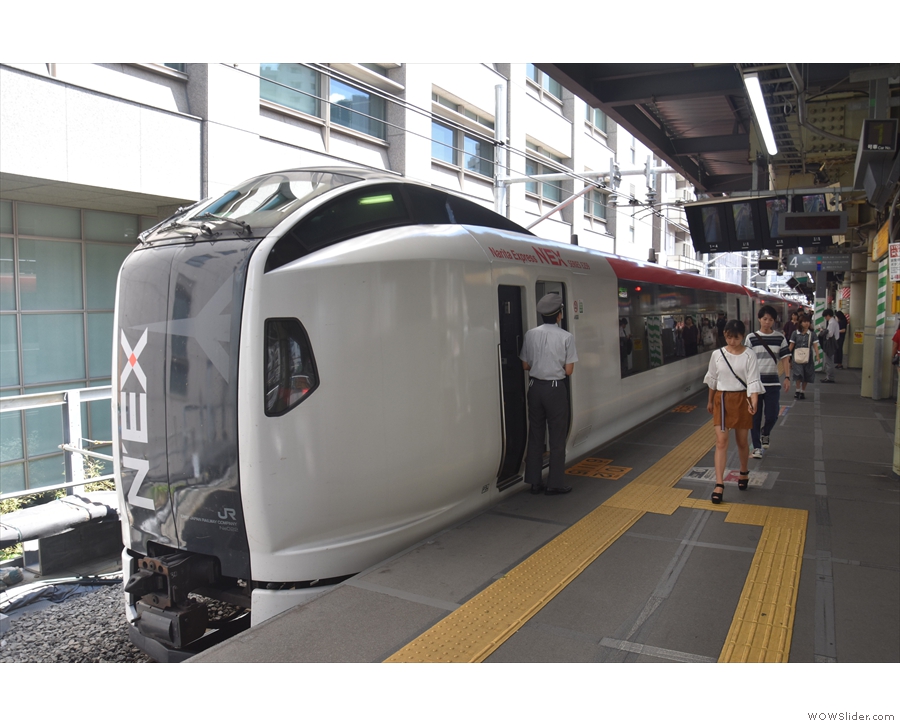
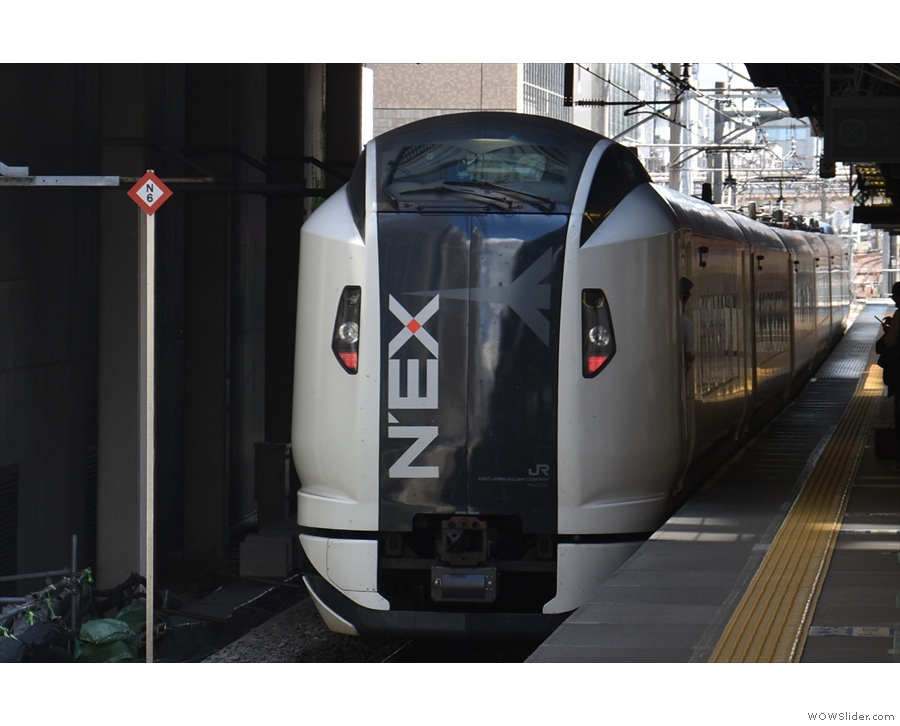
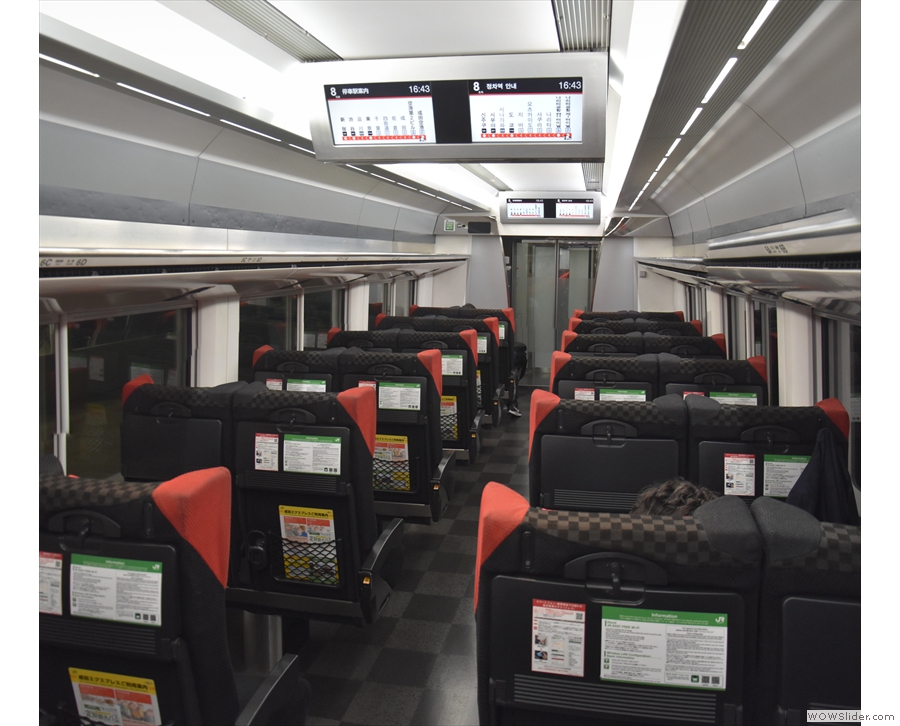
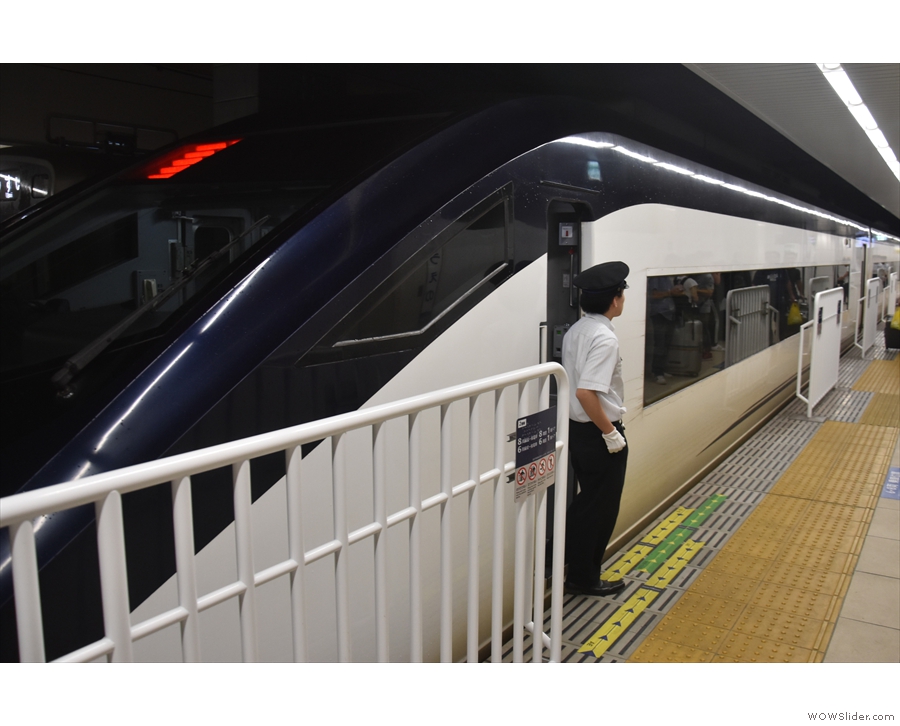
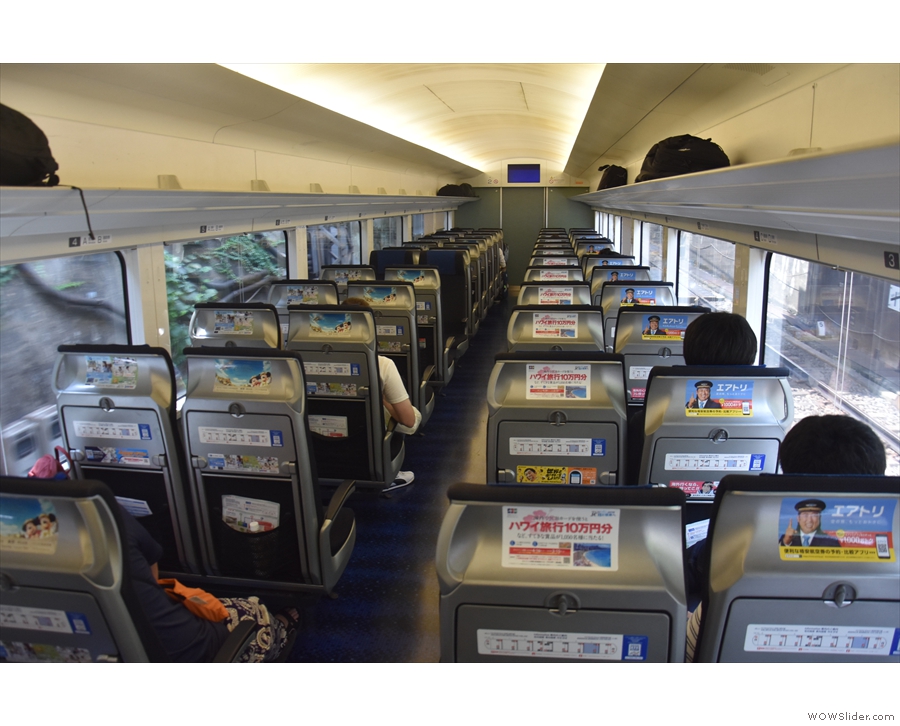
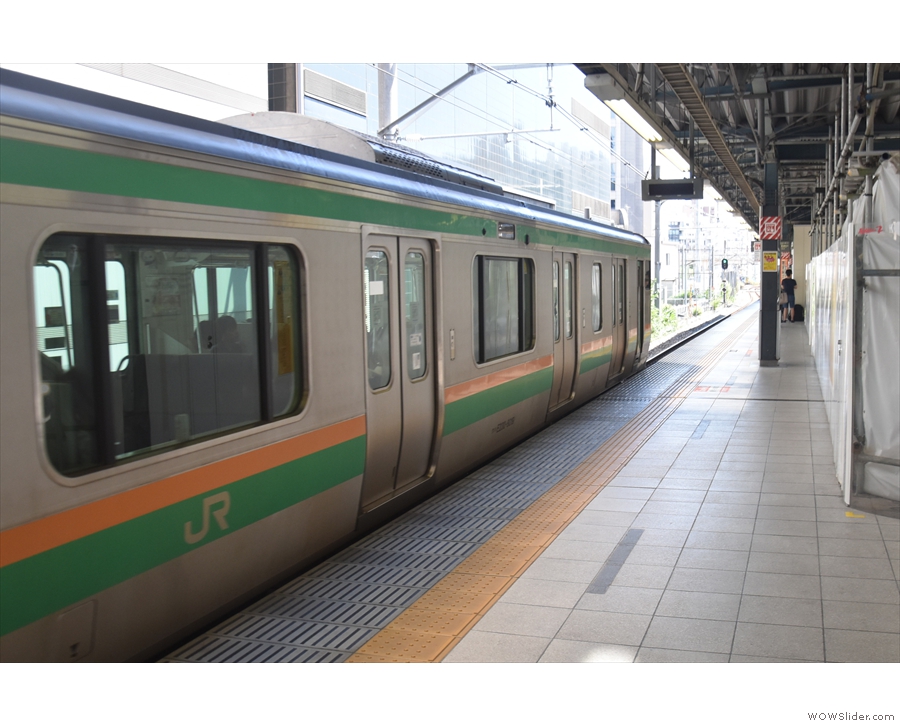
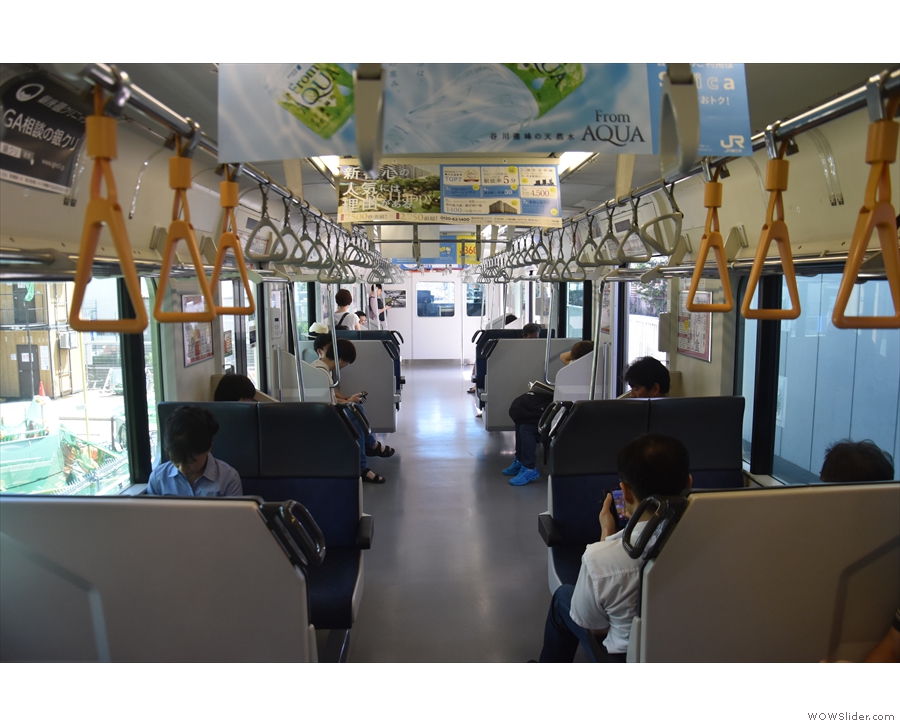
 1
1 2
2 3
3 4
4 5
5 6
6 7
7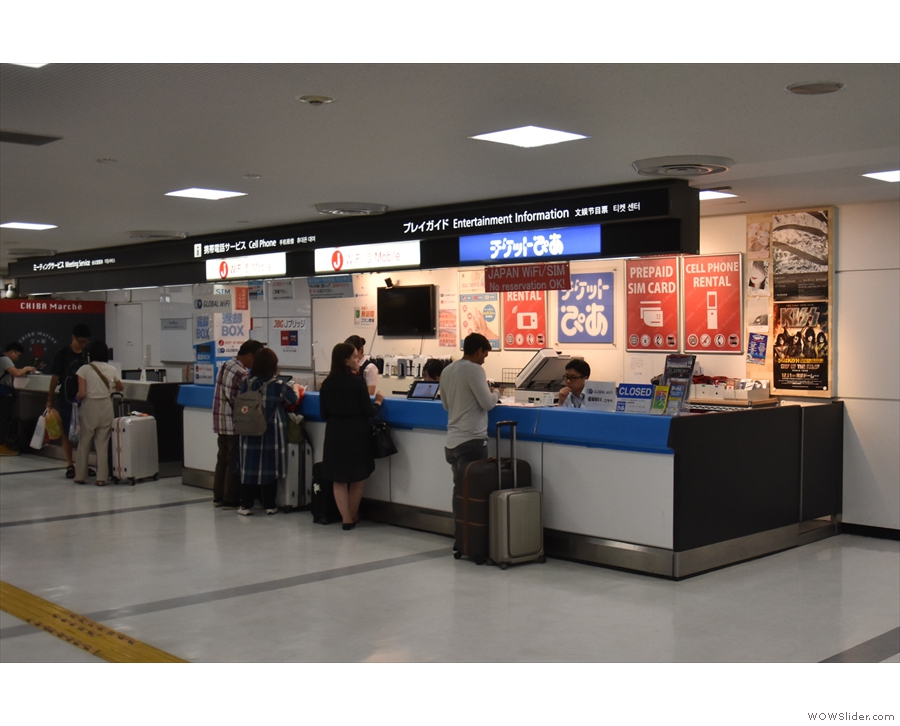
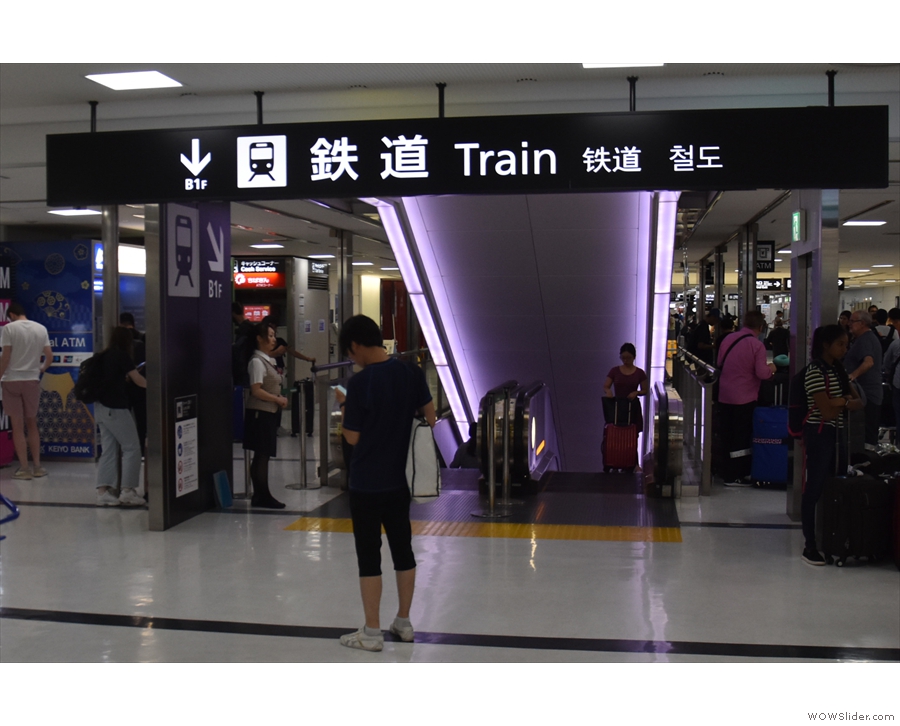
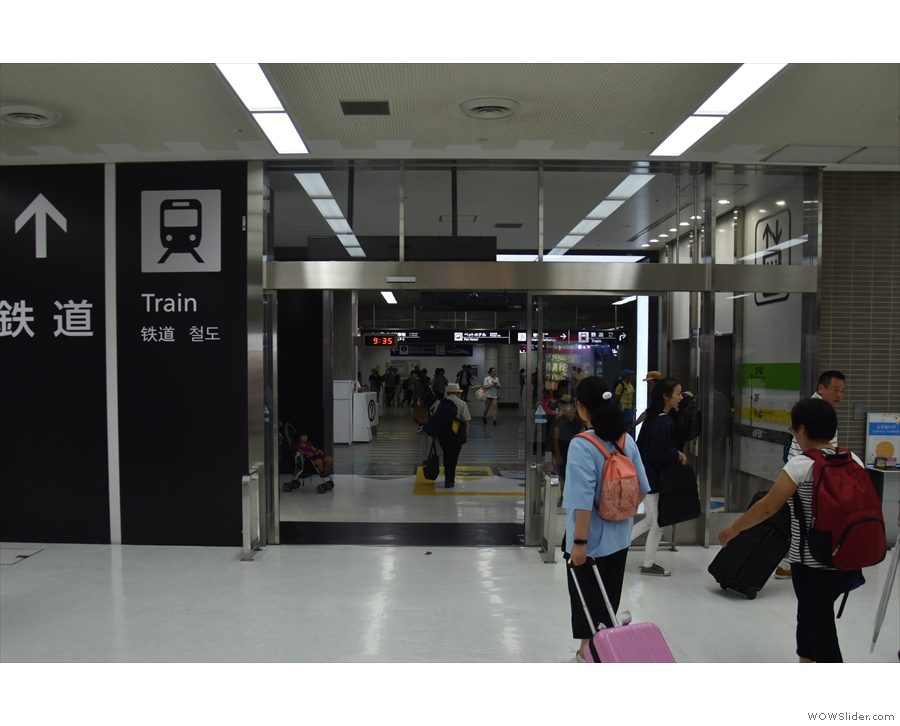
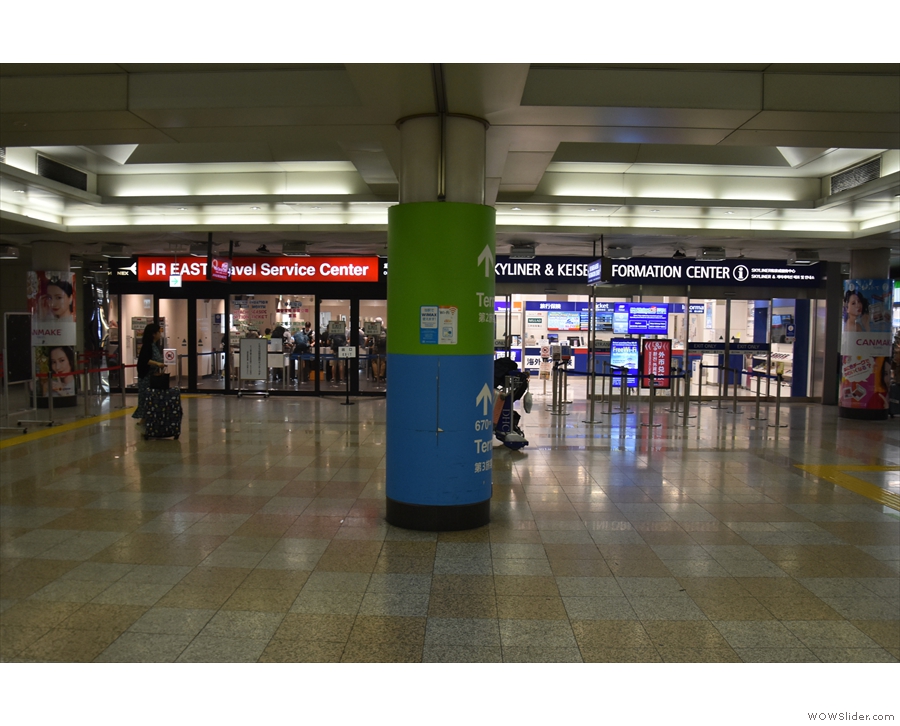
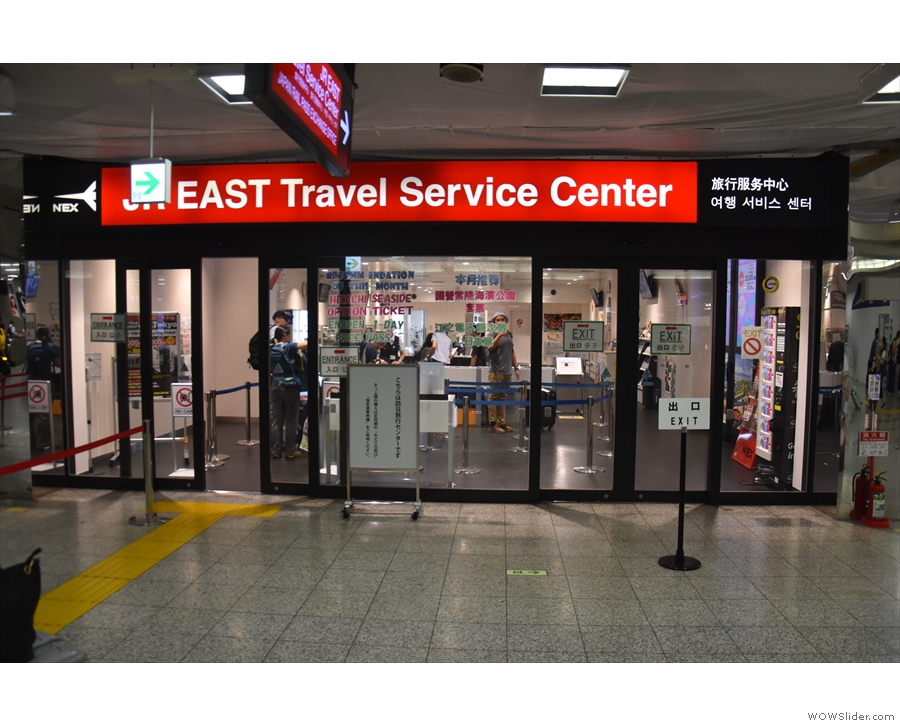
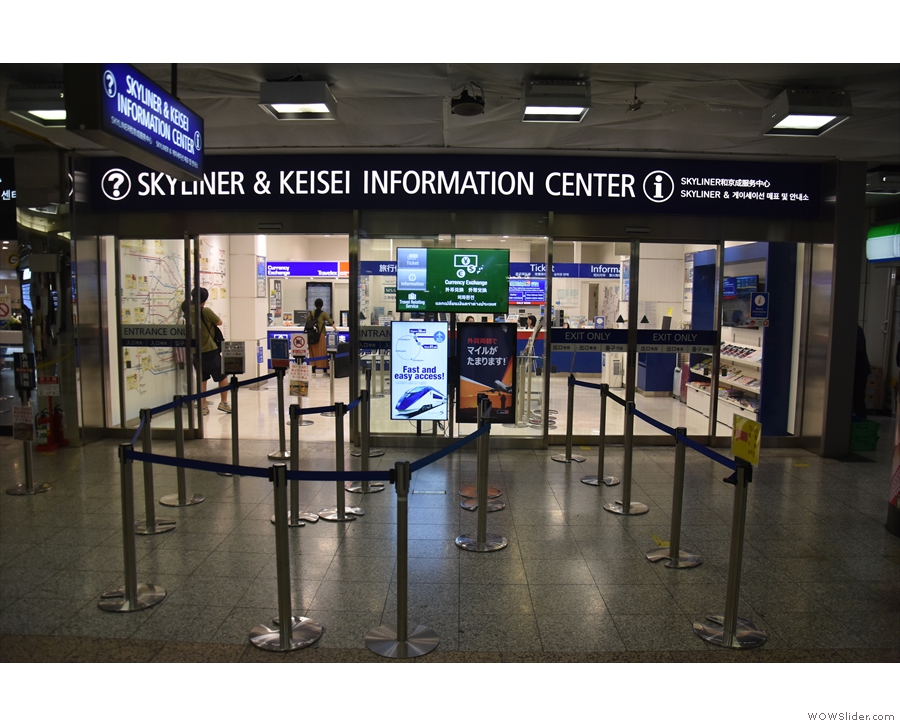
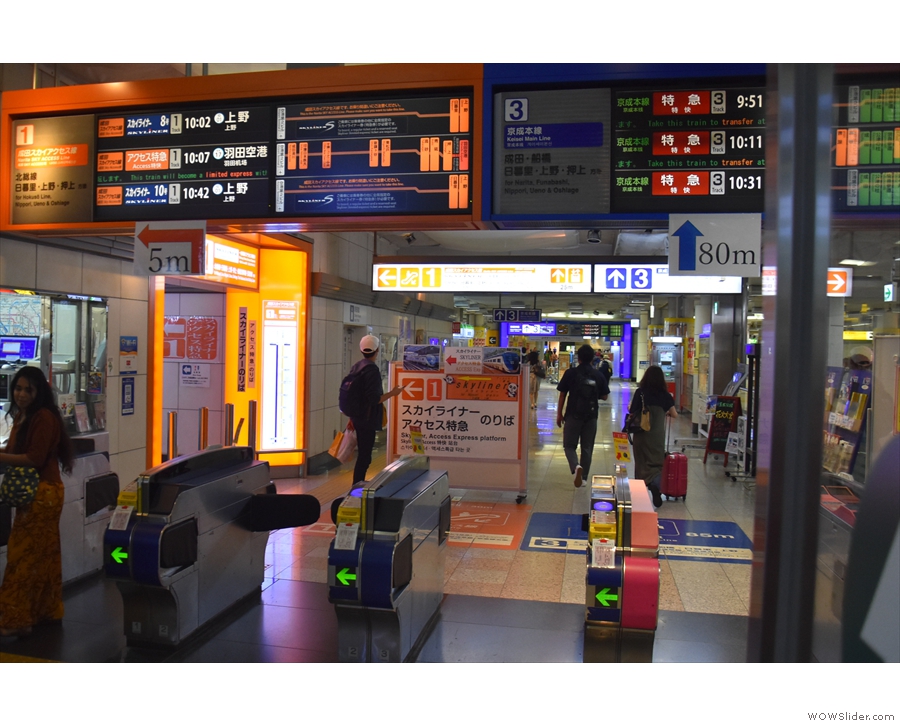
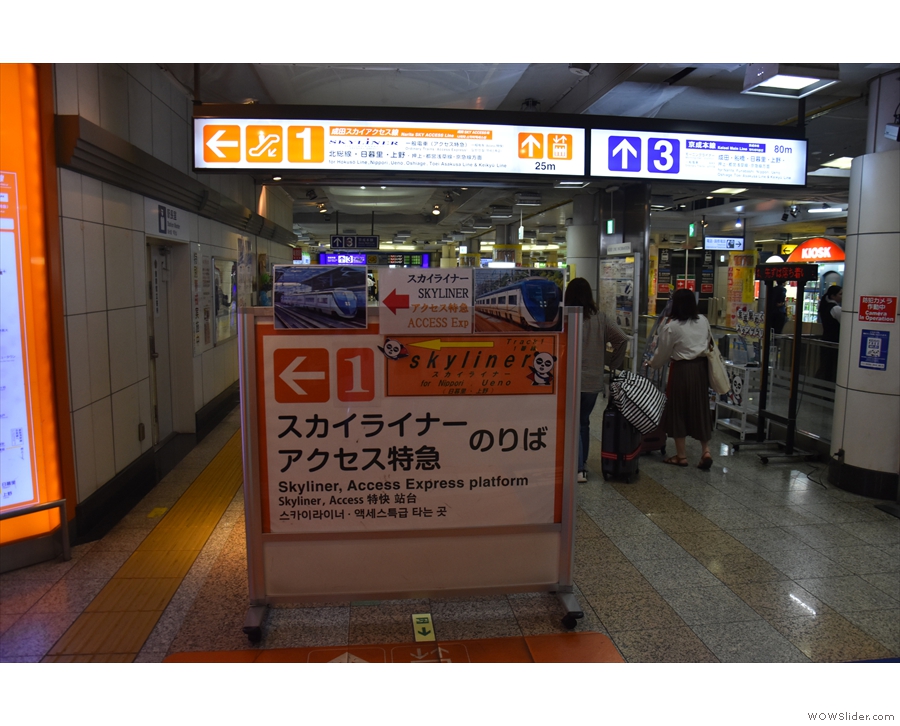
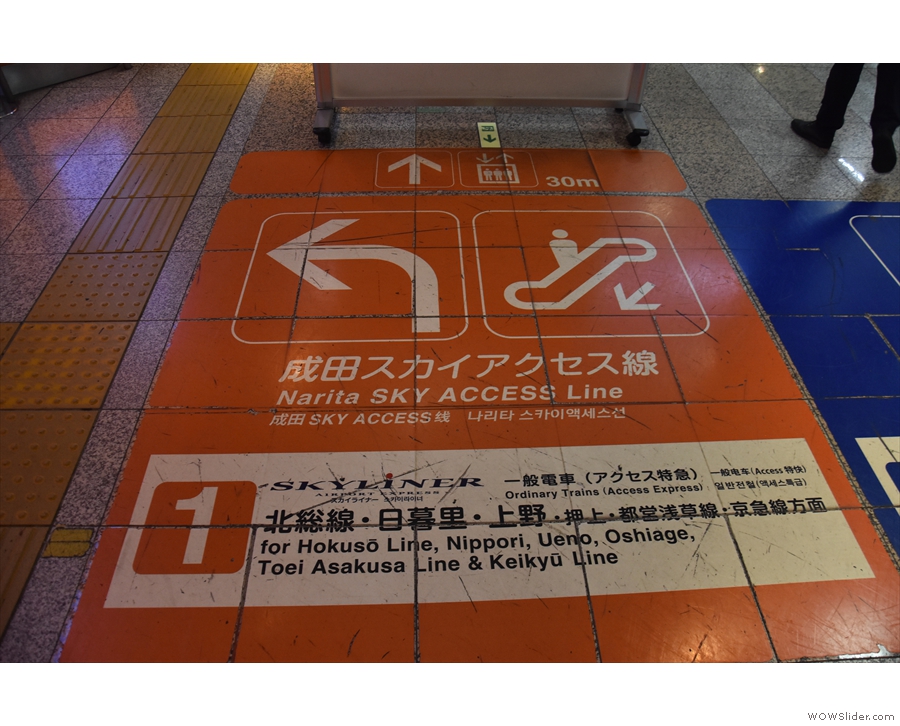
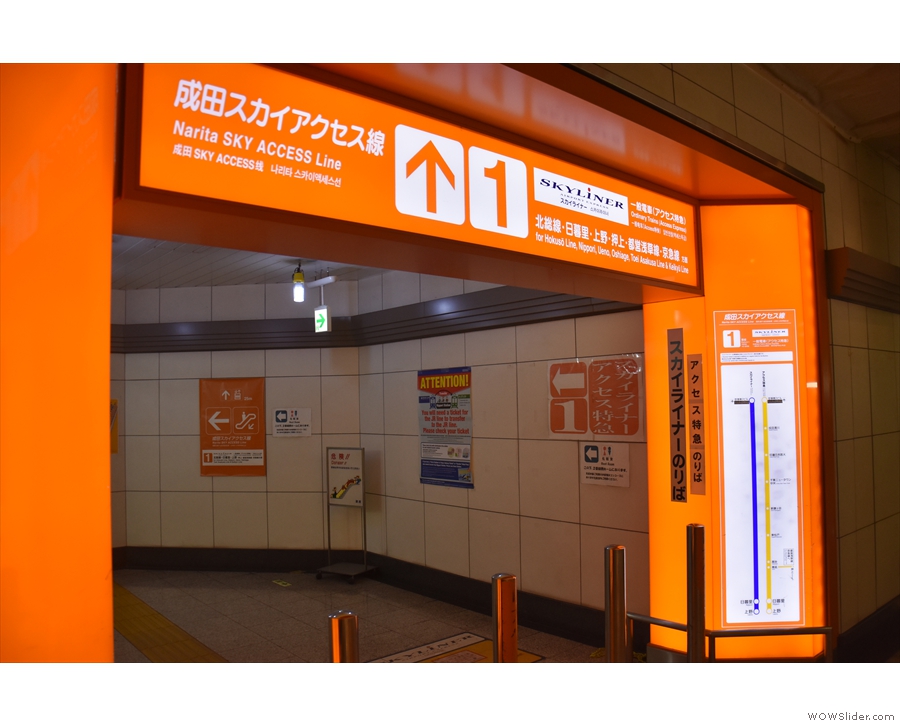
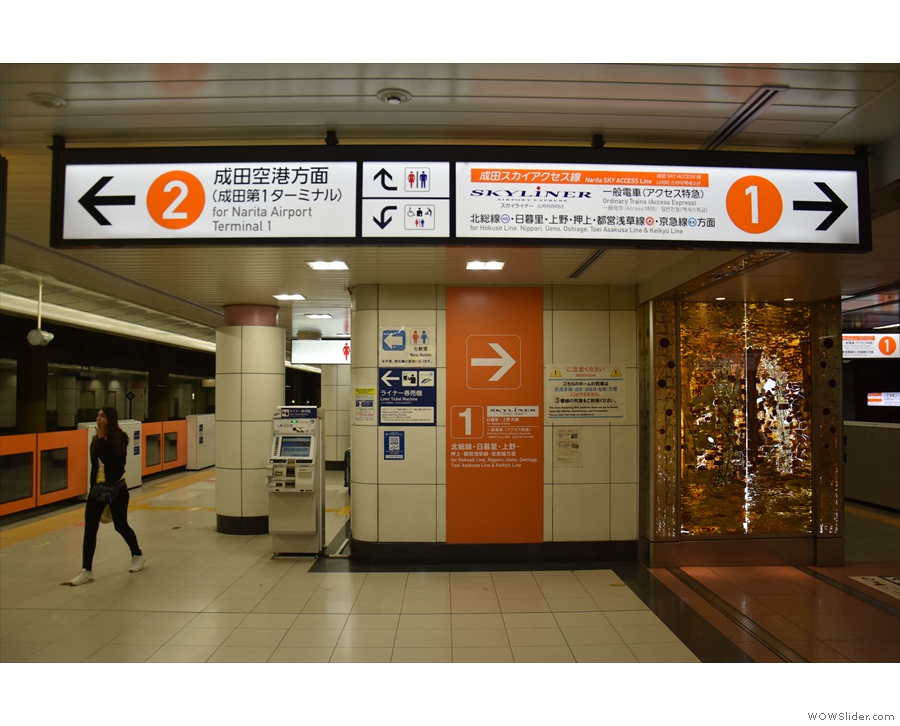
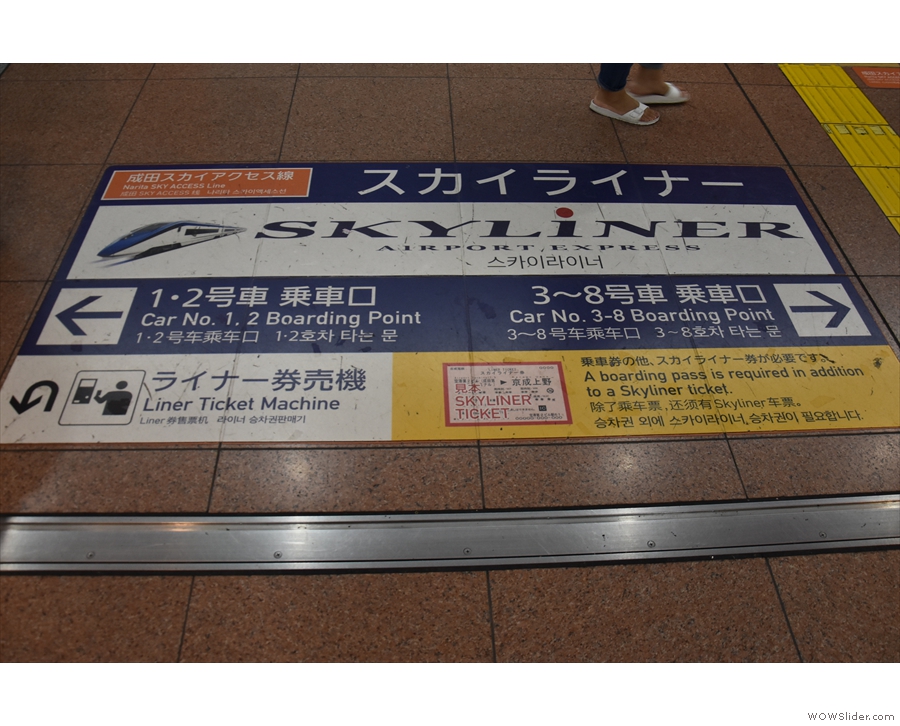
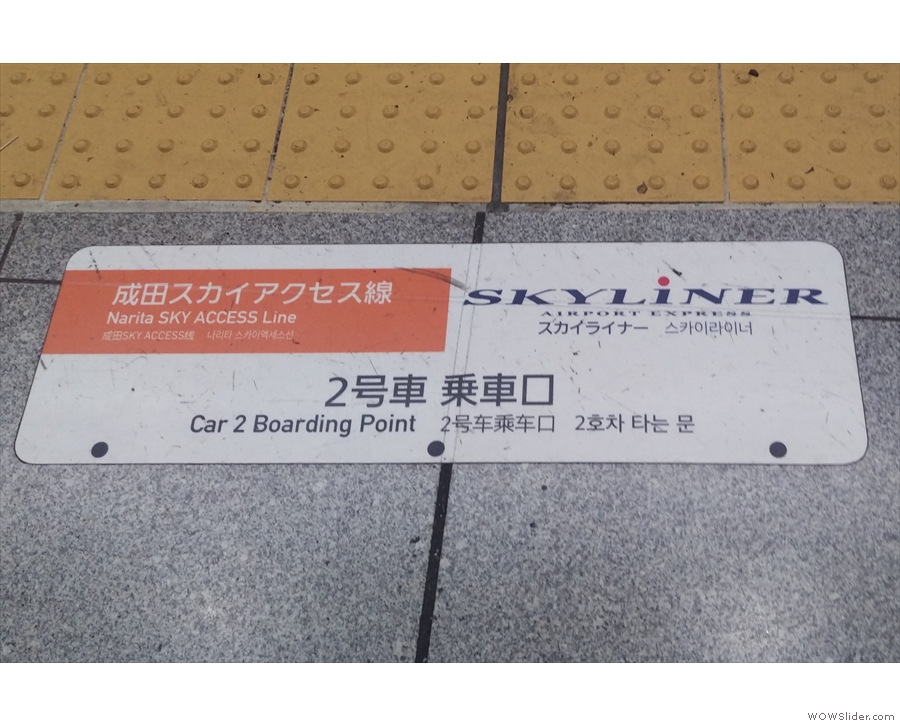
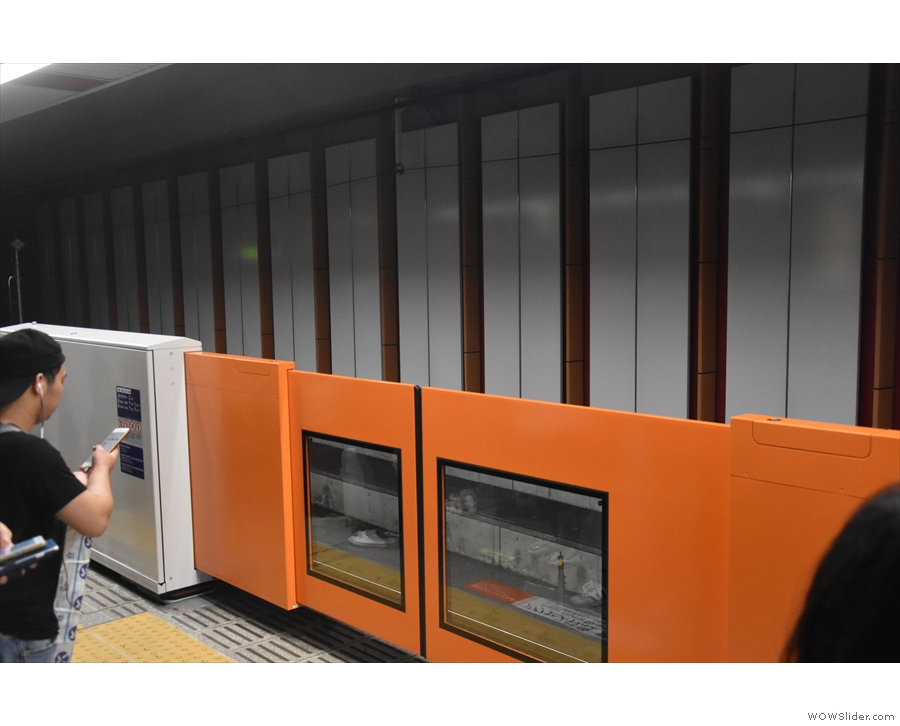
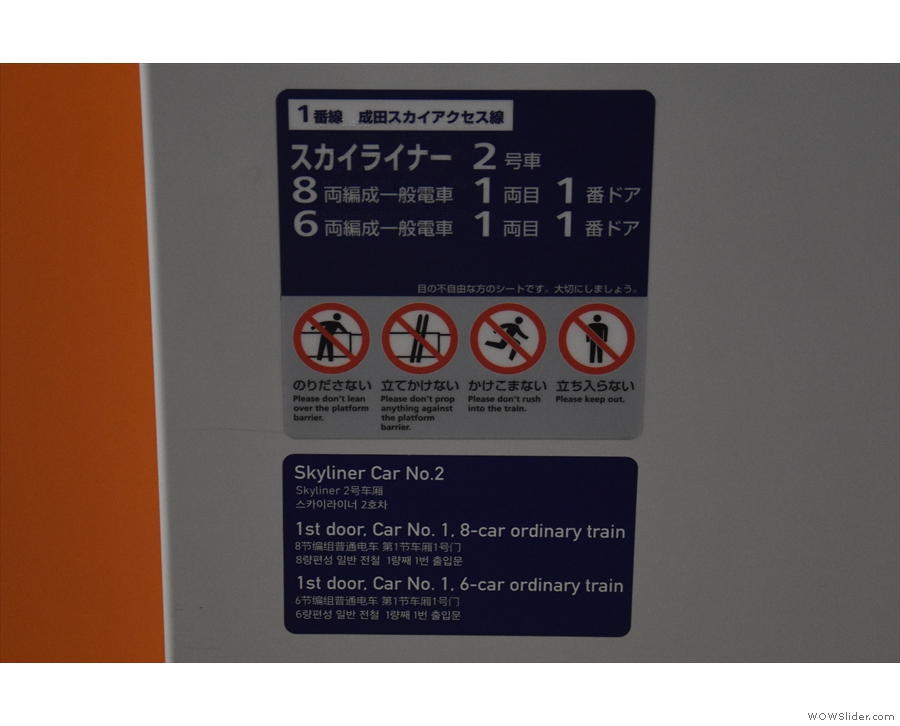
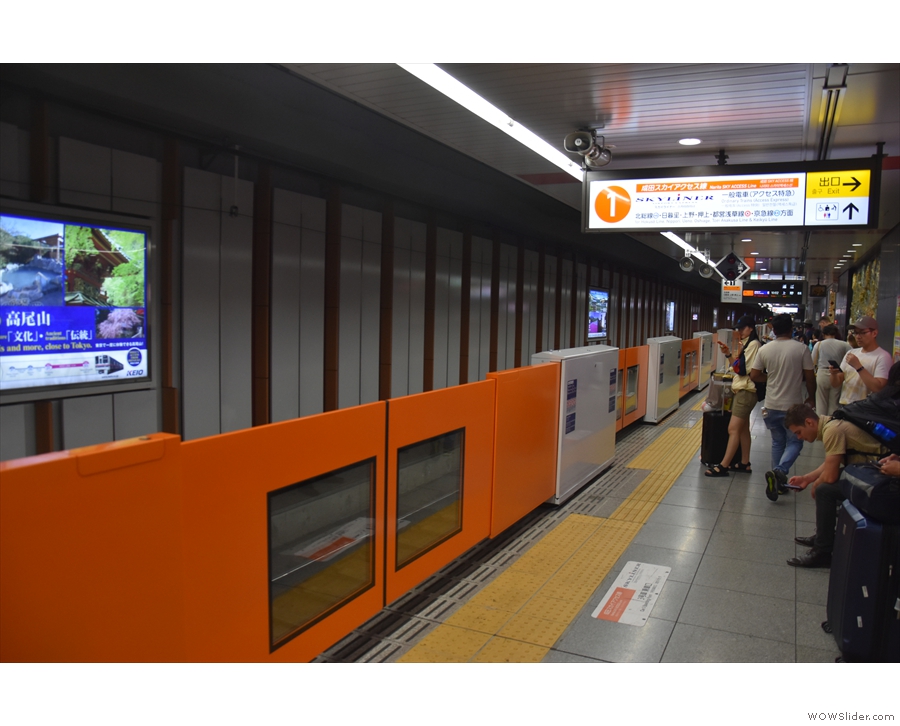
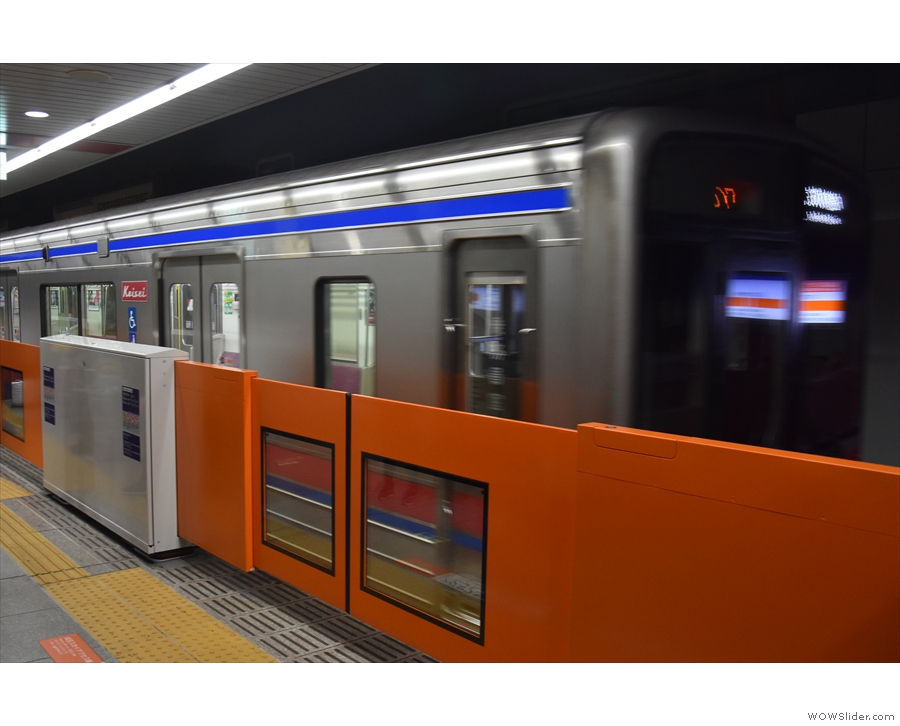
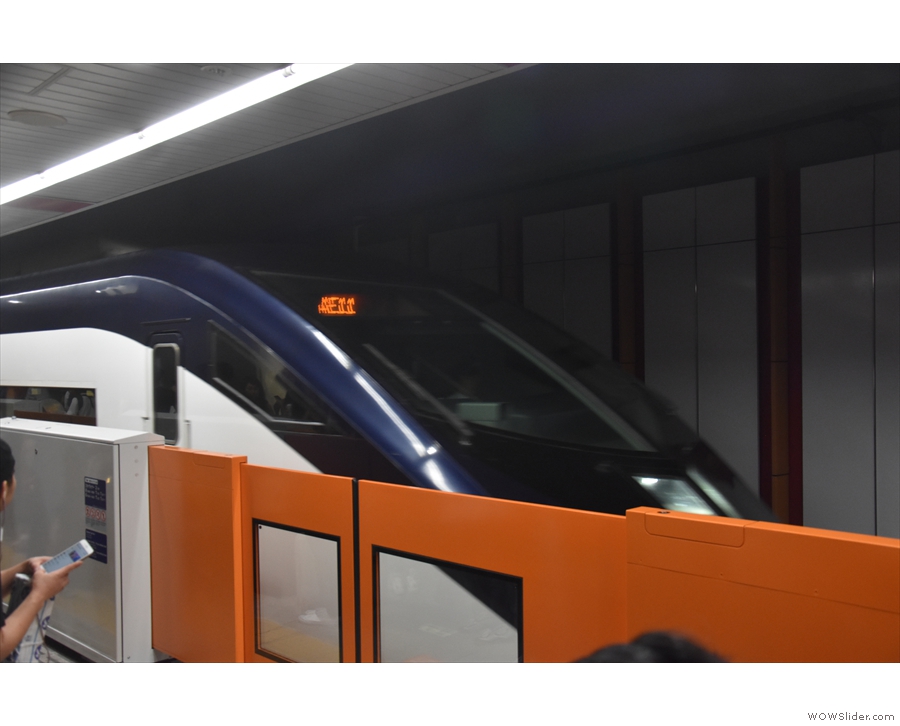
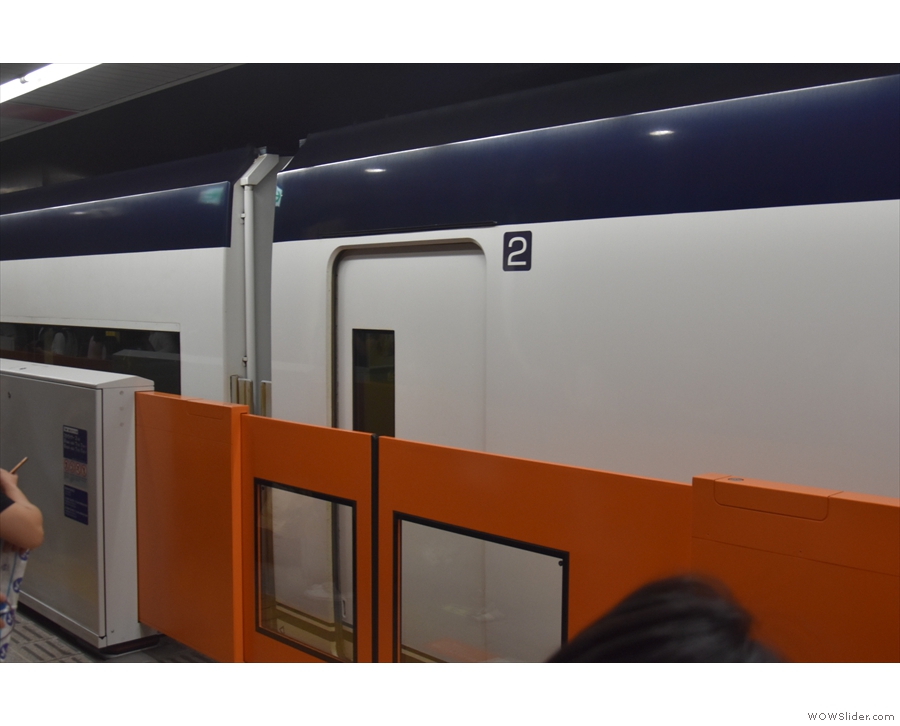
 1
1 2
2 3
3 4
4 5
5 6
6 7
7 8
8 9
9 10
10 11
11 12
12 13
13 14
14 15
15 16
16 17
17 18
18 19
19
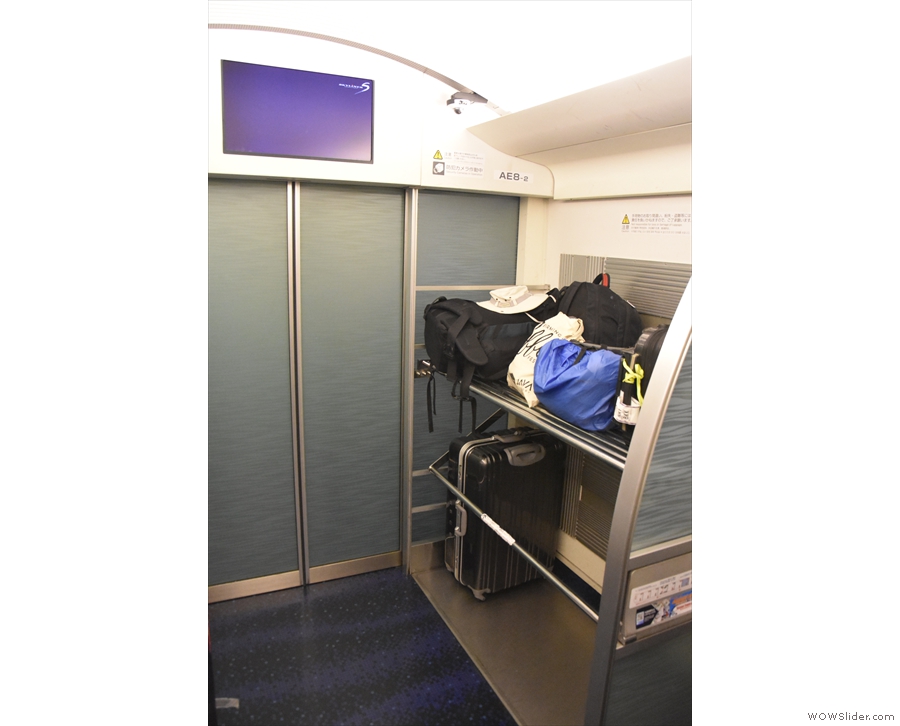
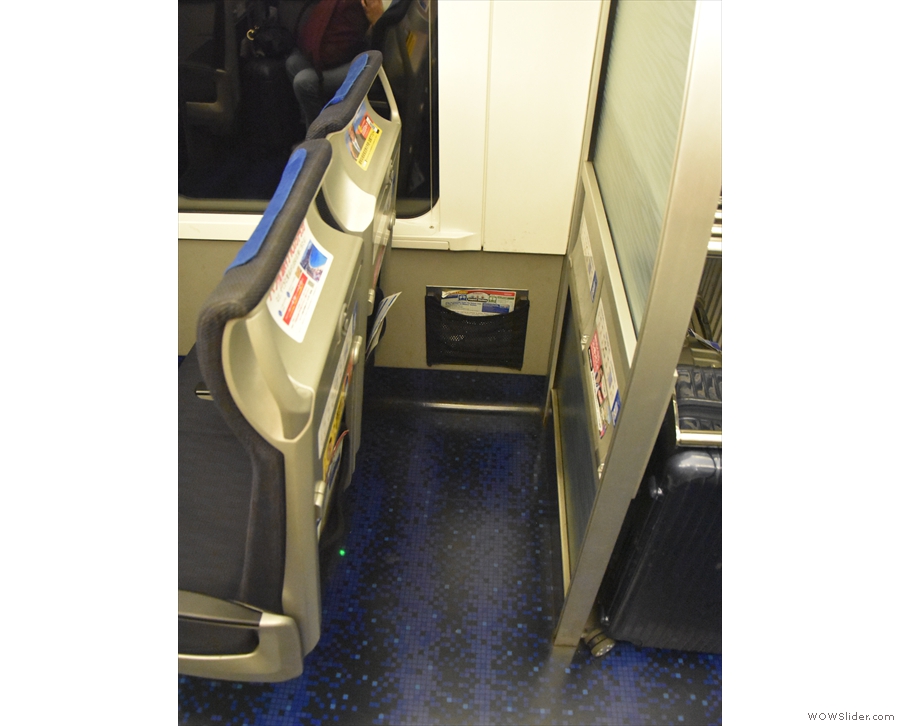
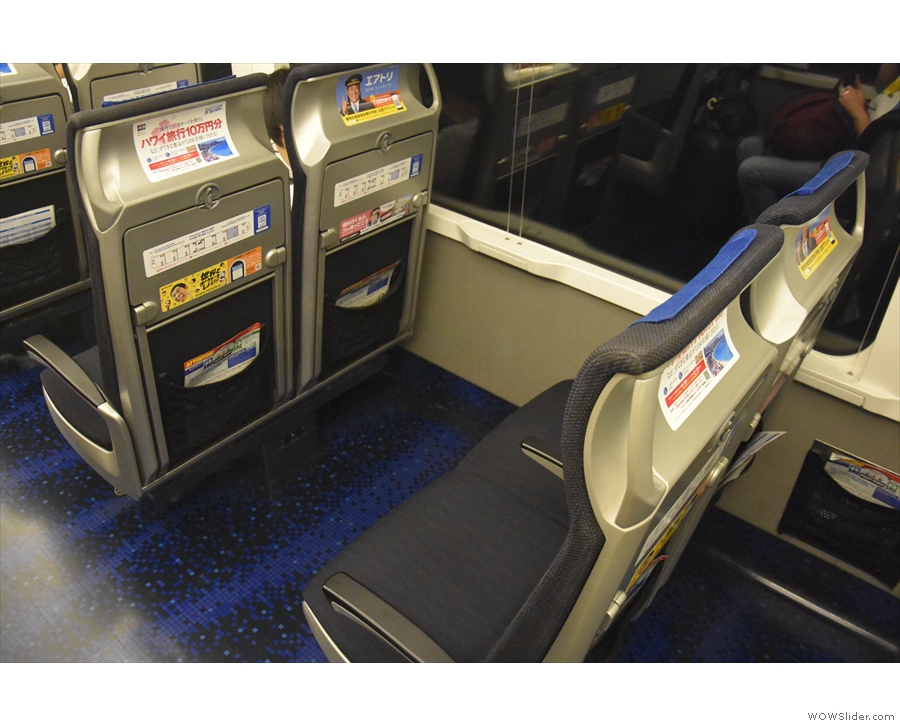
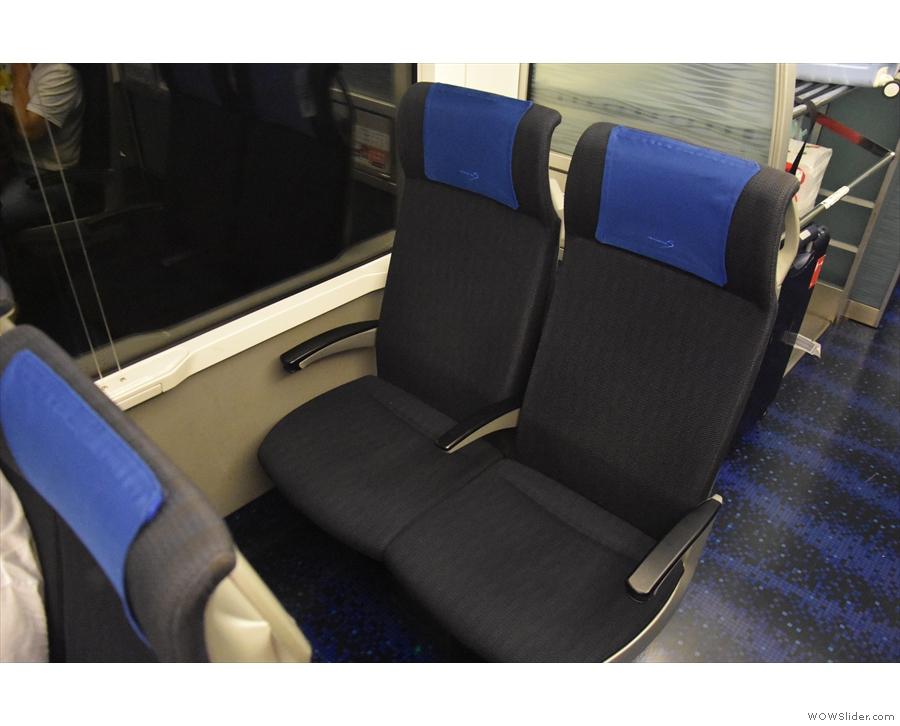
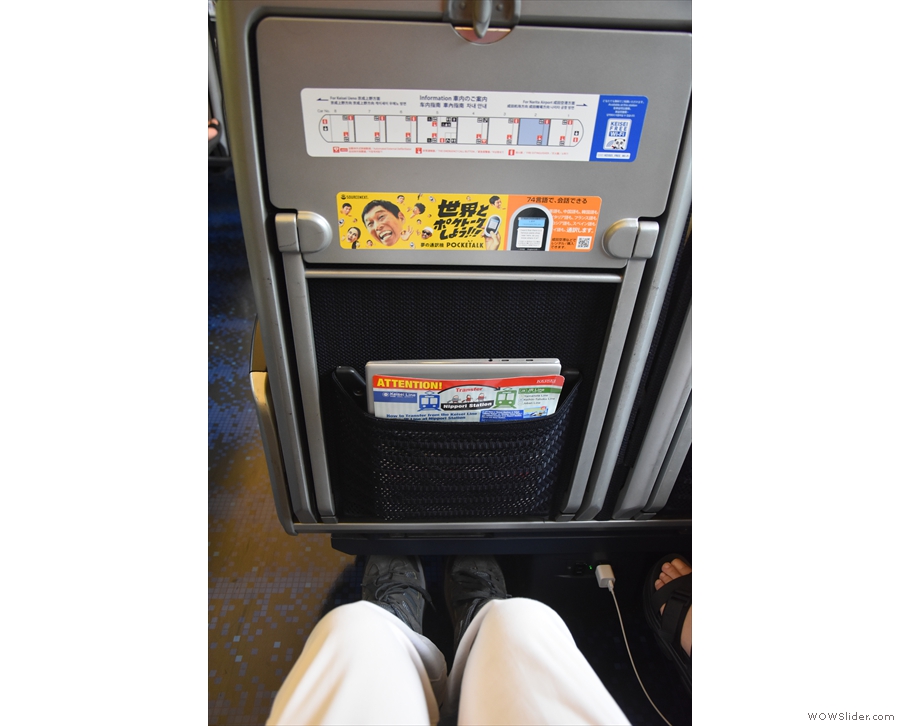
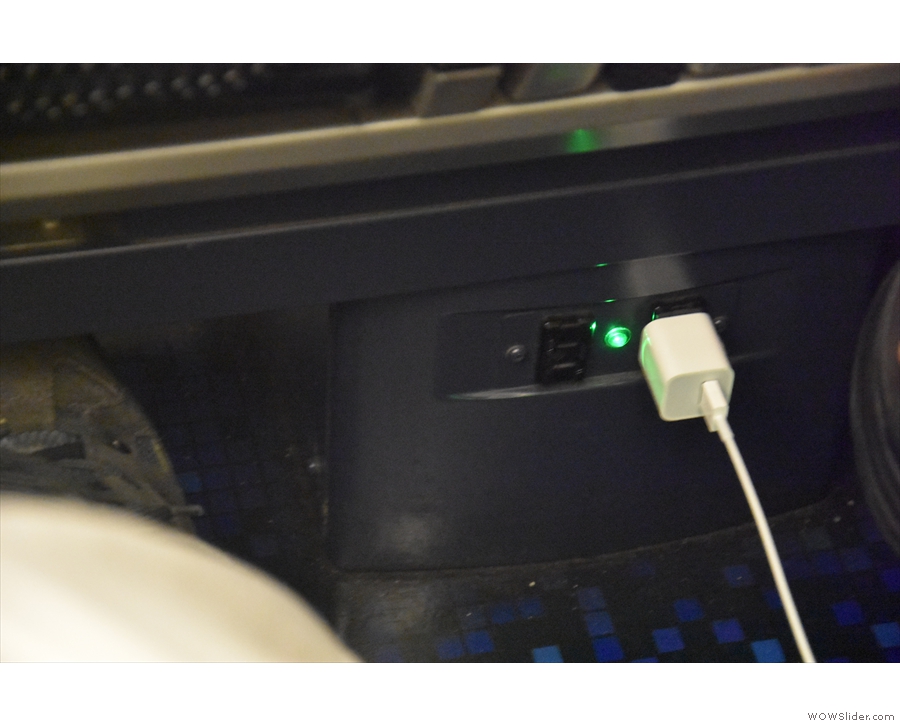
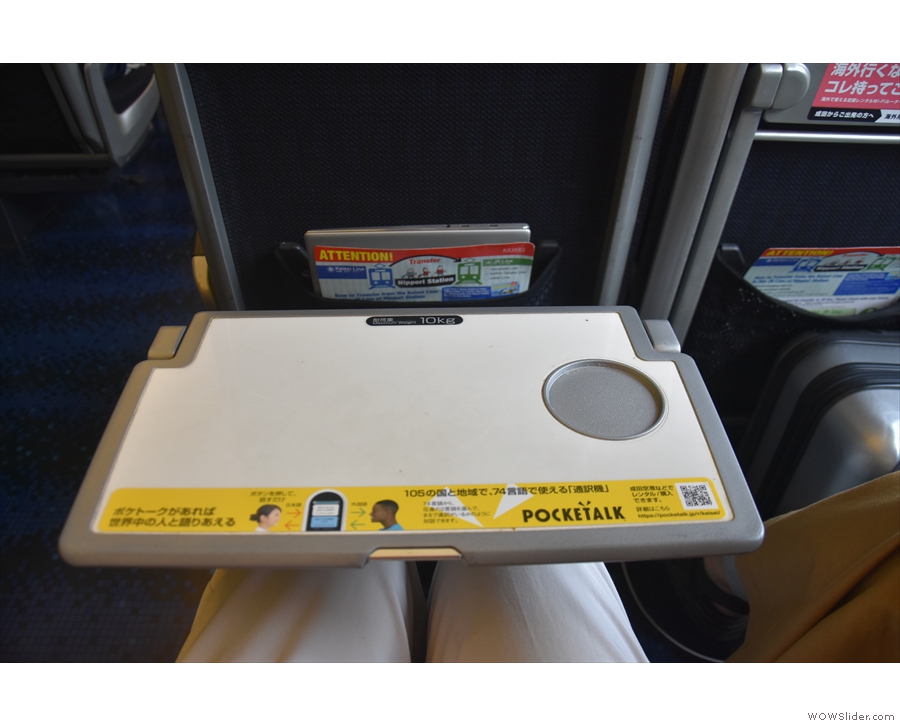
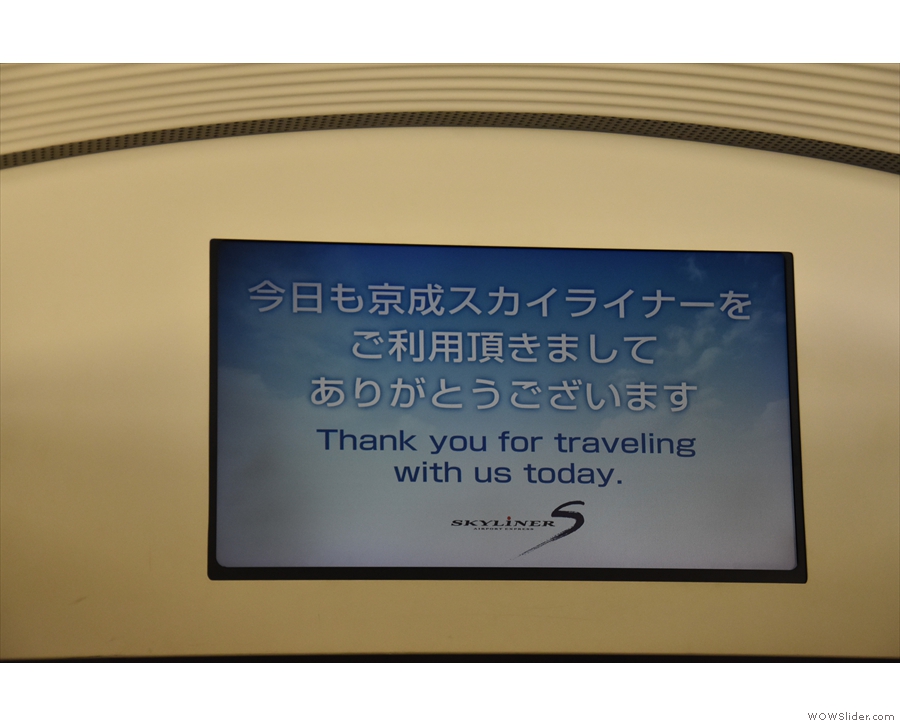
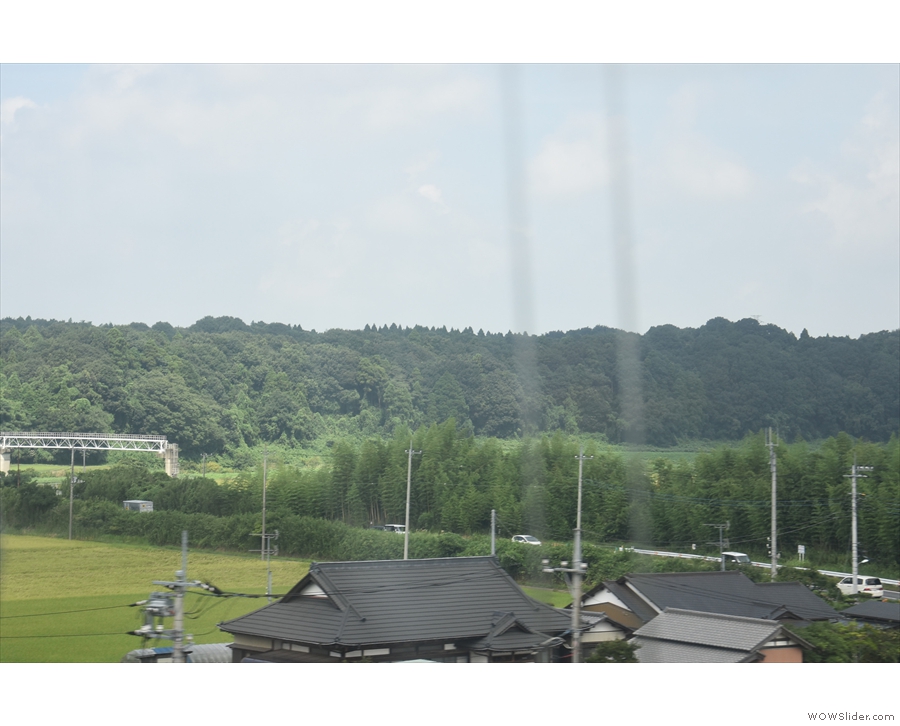
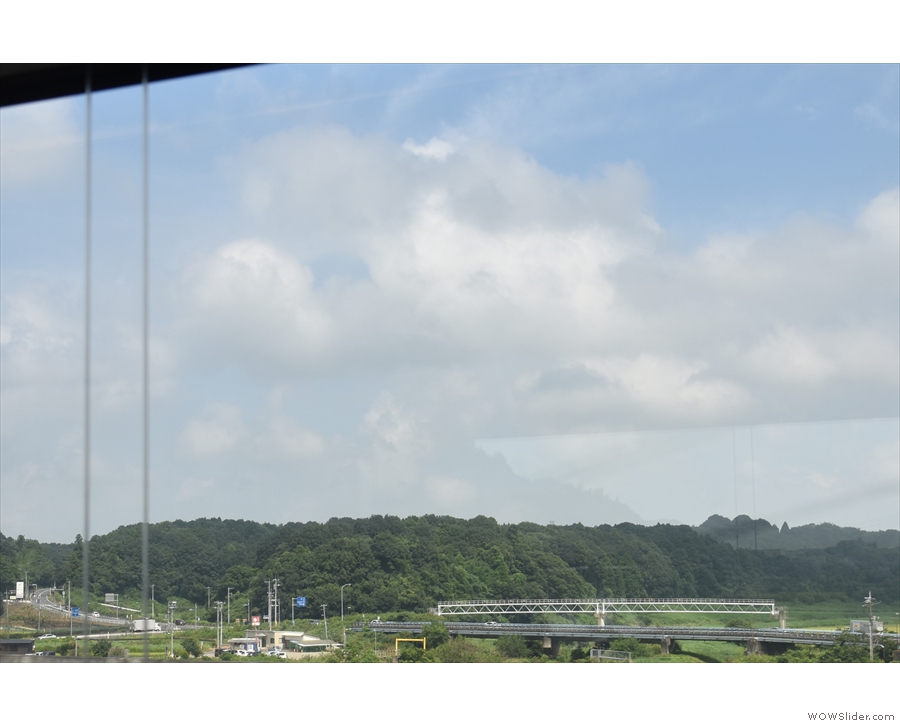
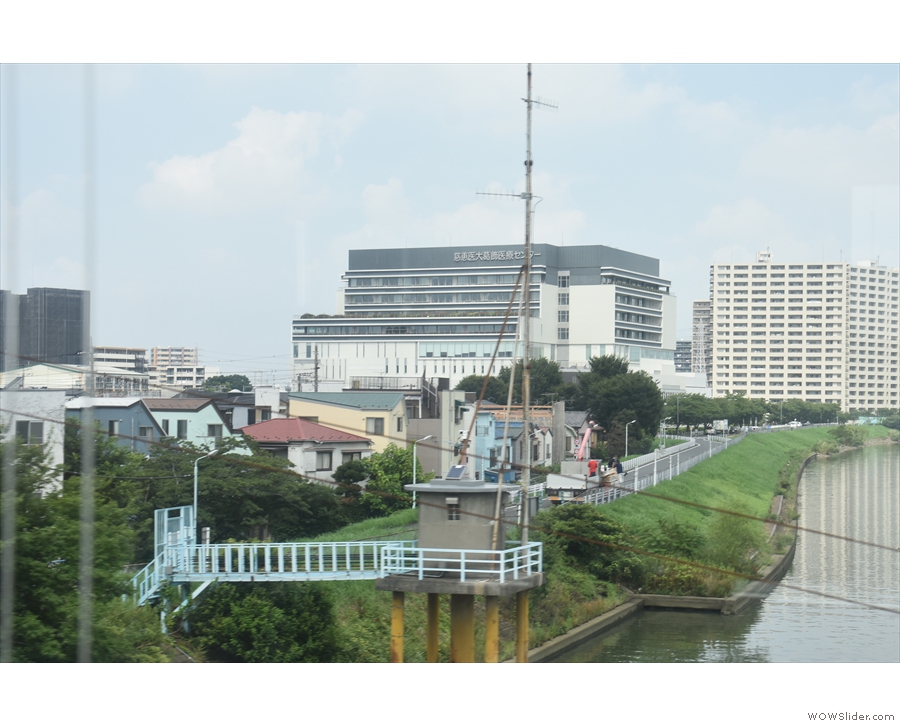
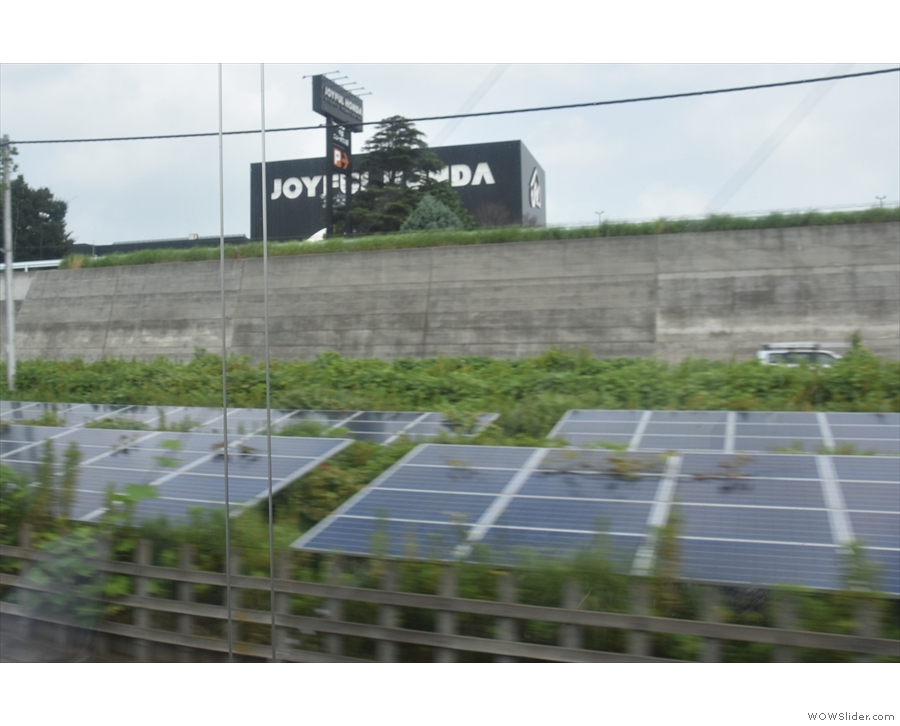
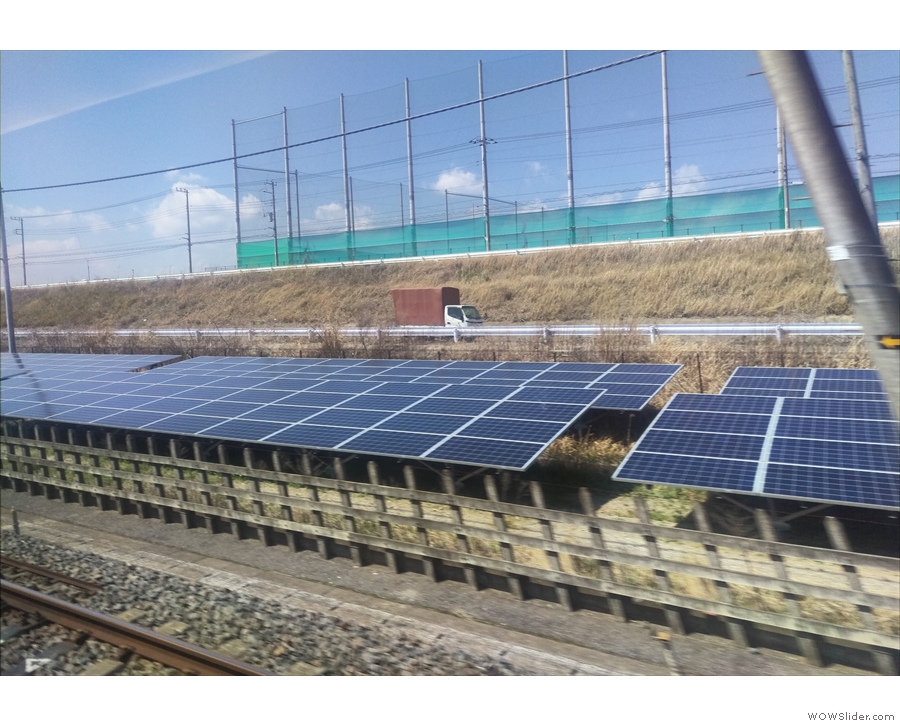
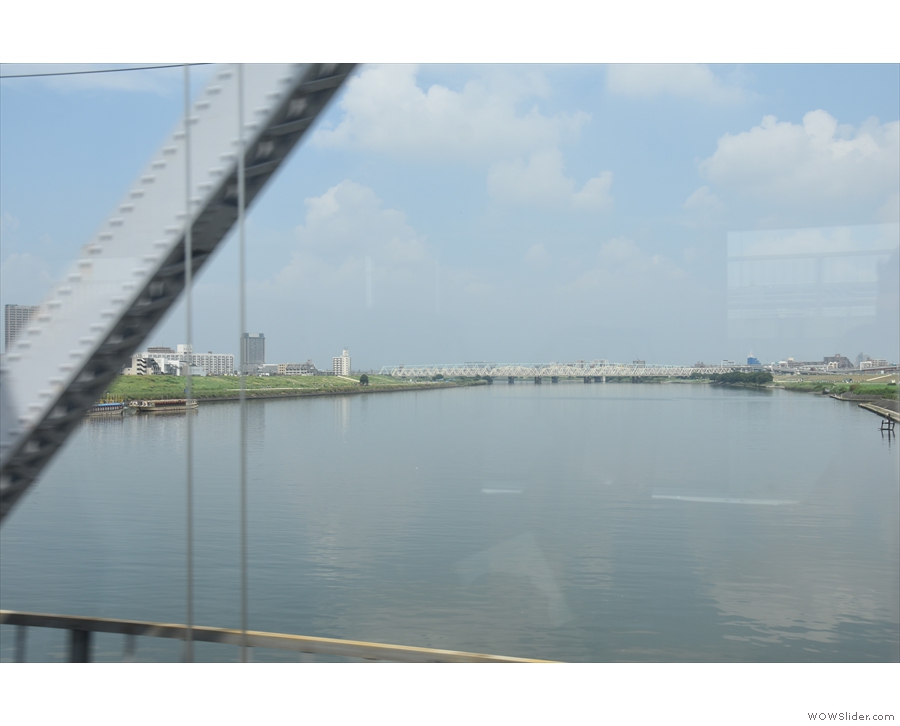
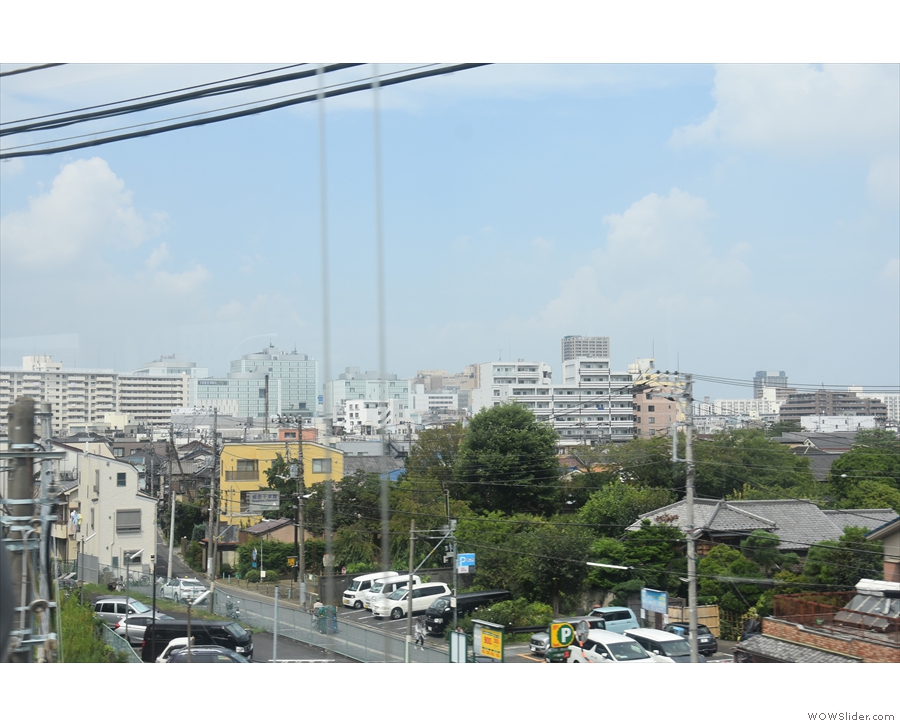
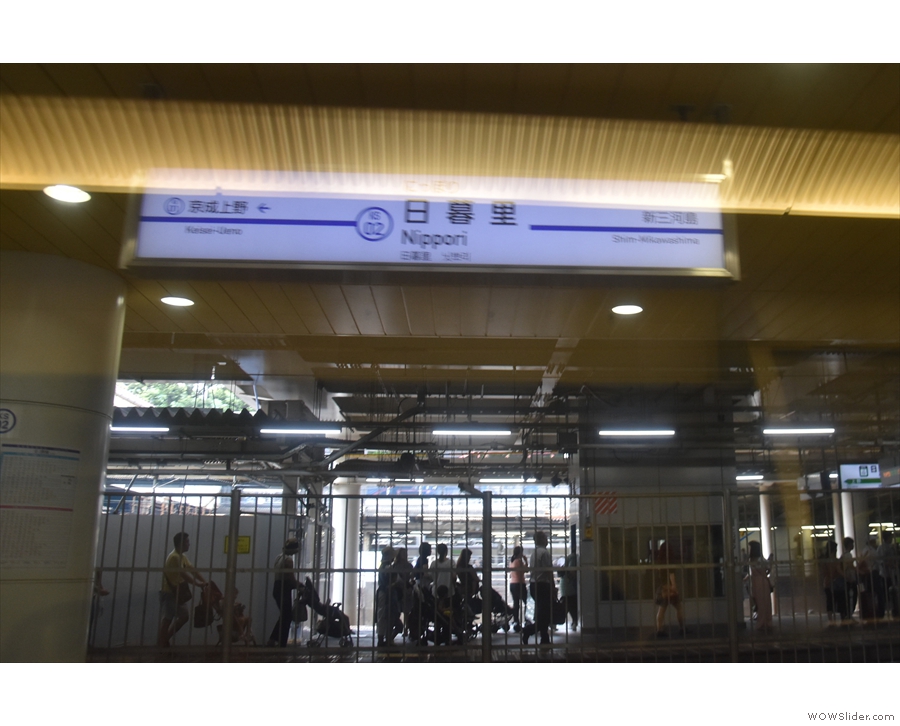
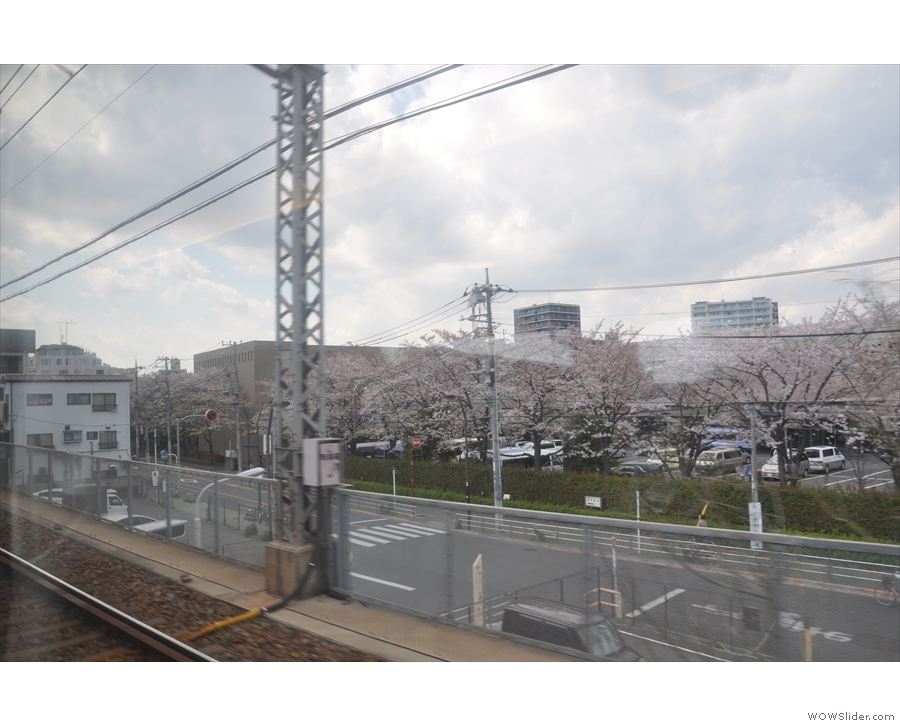
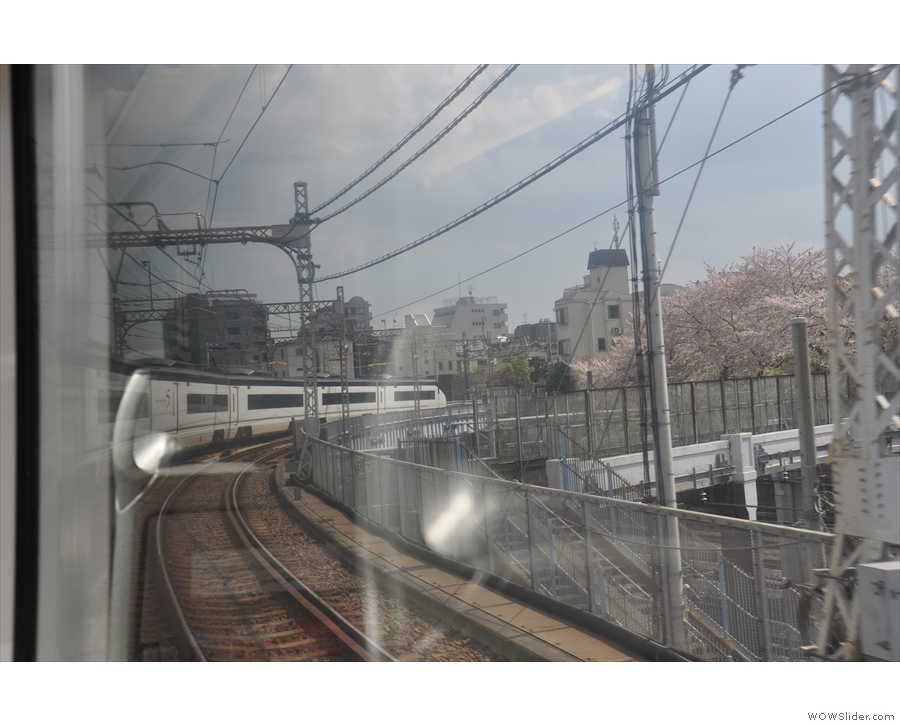
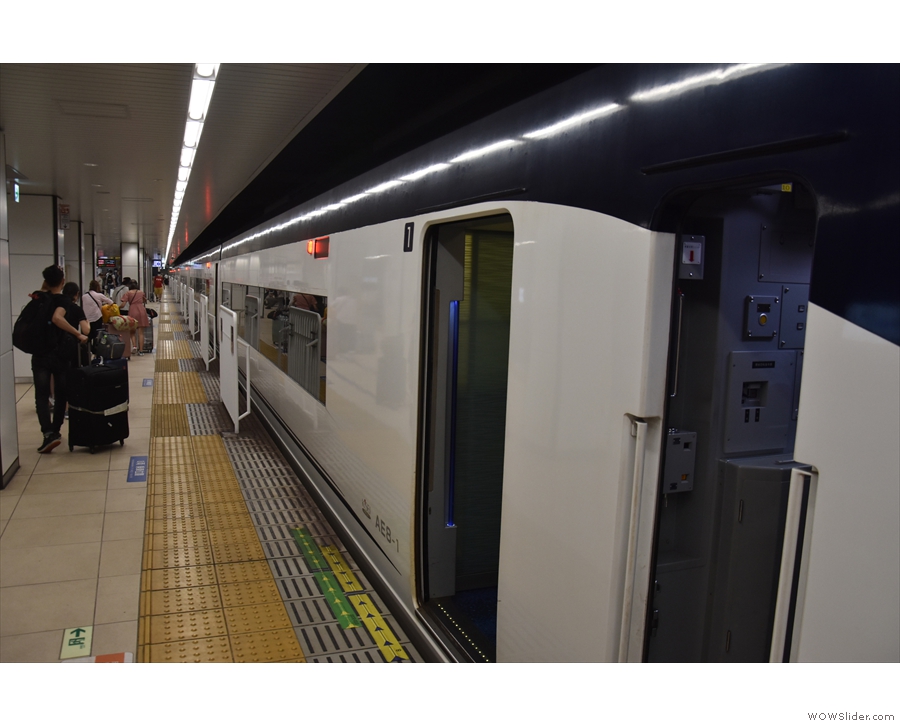
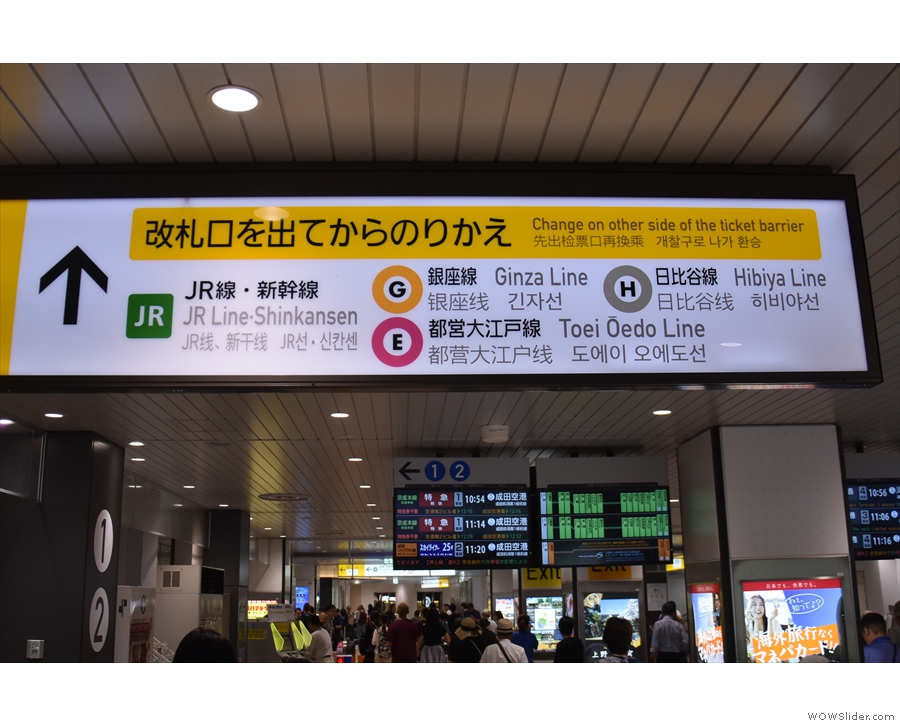
 1
1 2
2 3
3 4
4 5
5 6
6 7
7 8
8 9
9 10
10 11
11 12
12 13
13 14
14 15
15 16
16 17
17 18
18 19
19 20
20 21
21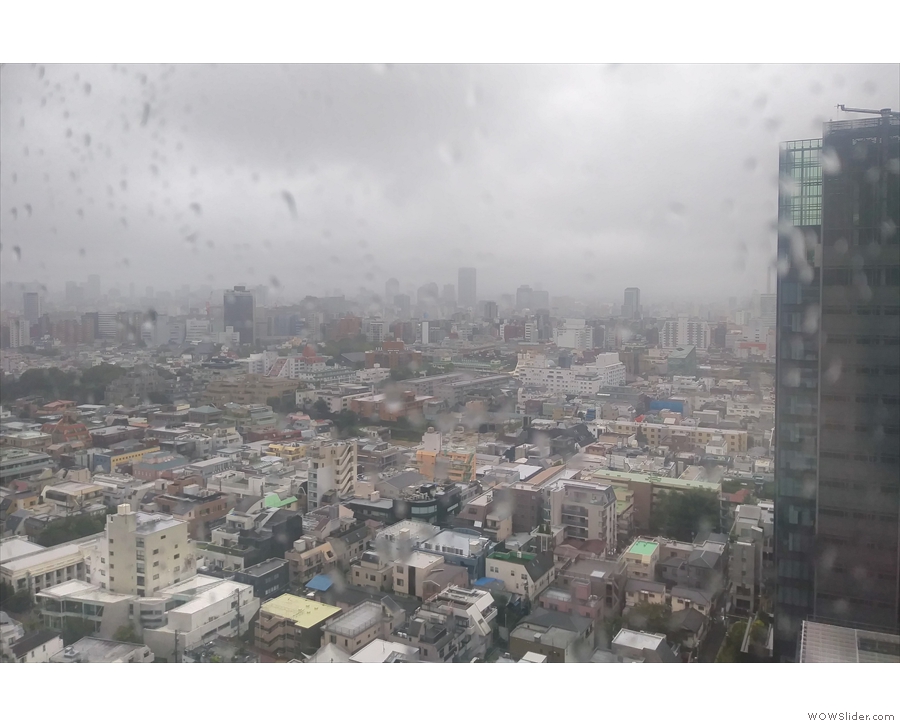
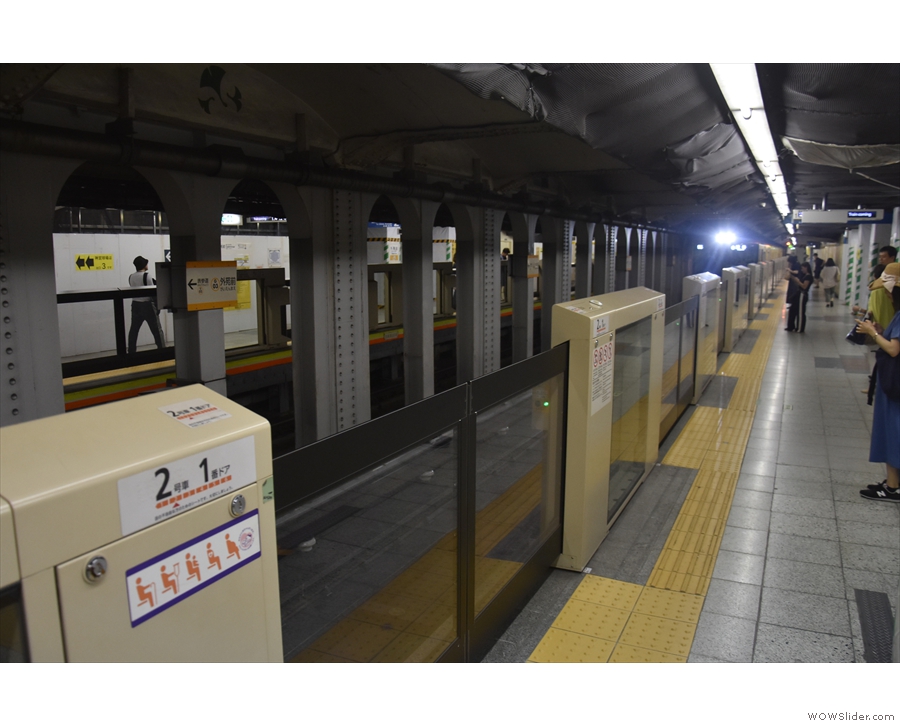
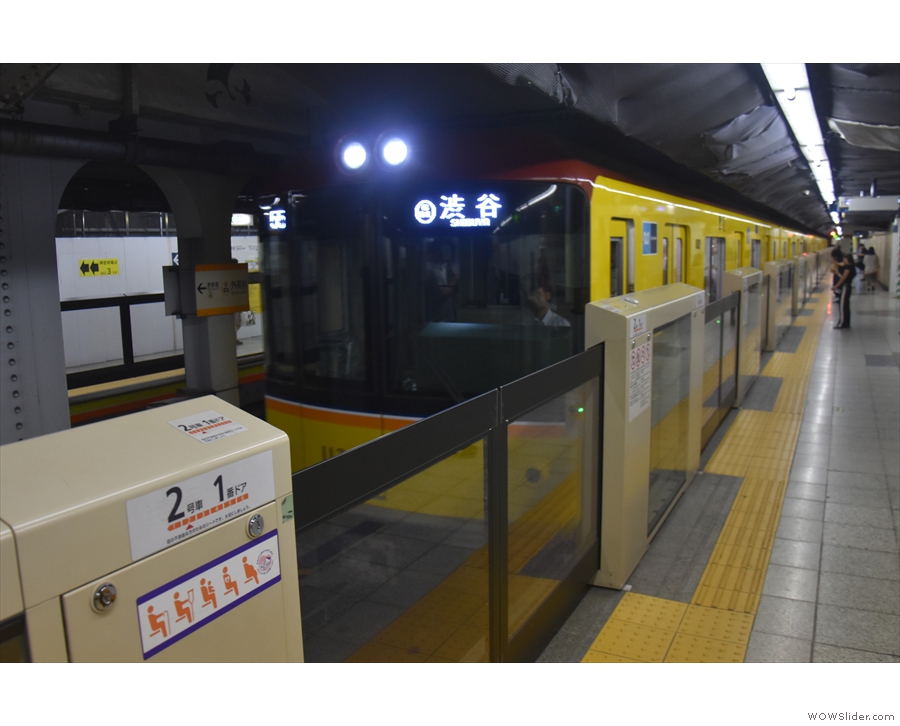
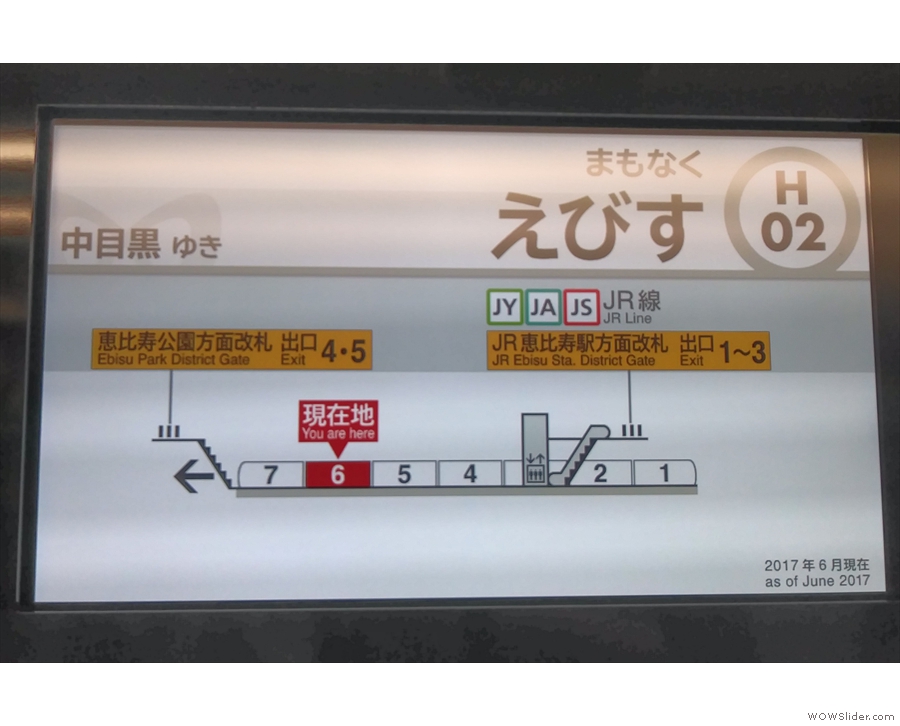
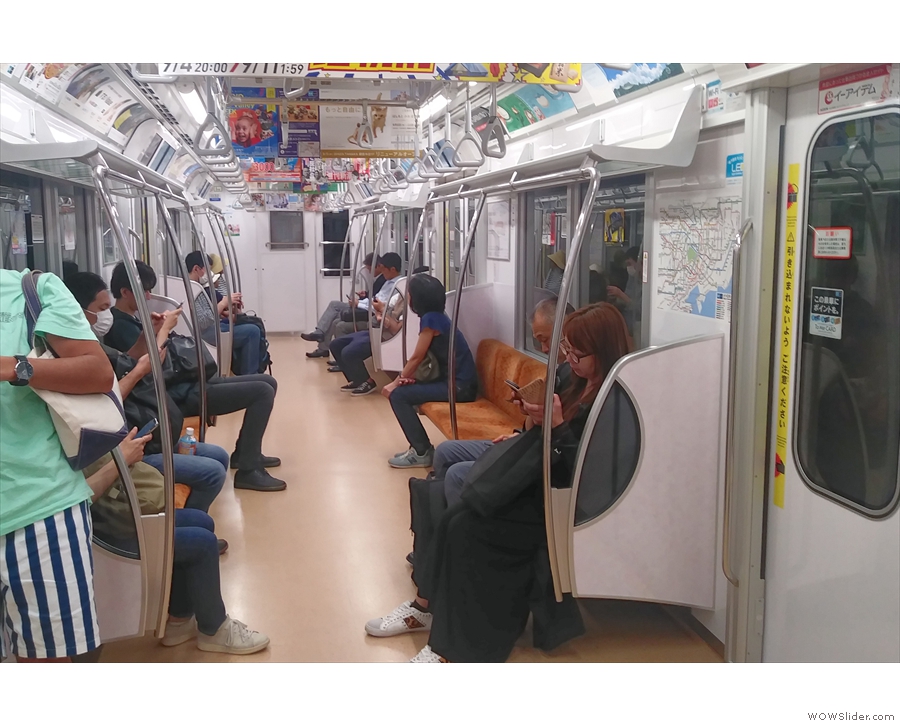
 1
1 2
2 3
3 4
4 5
5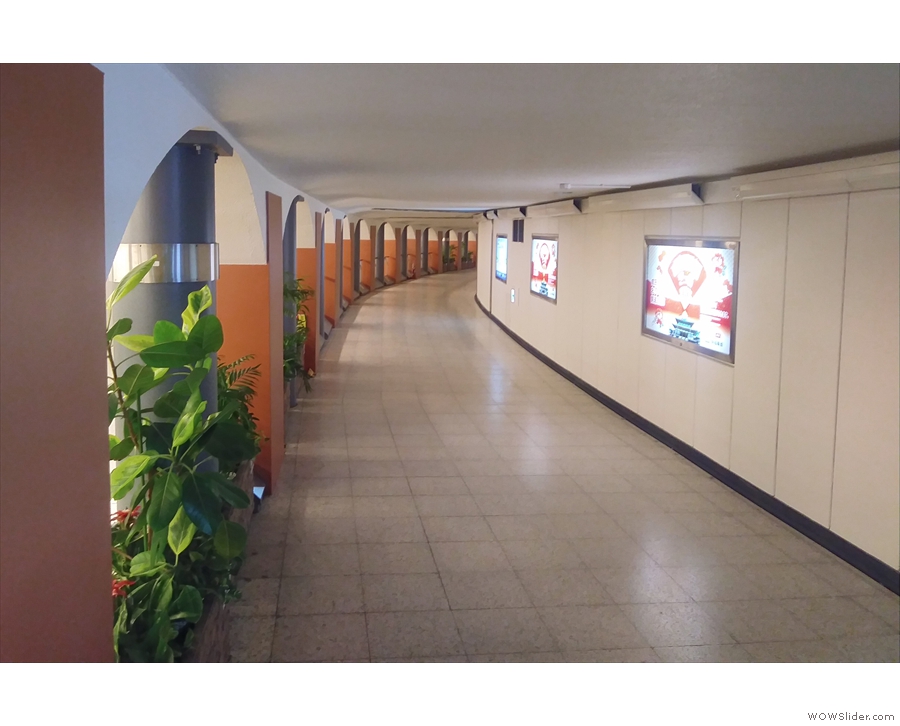
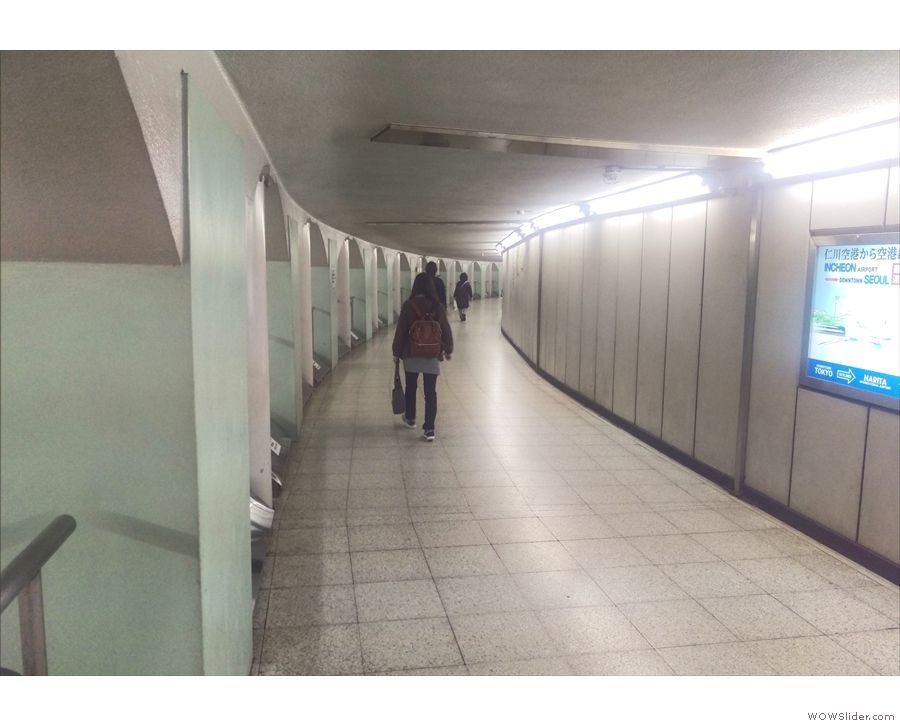
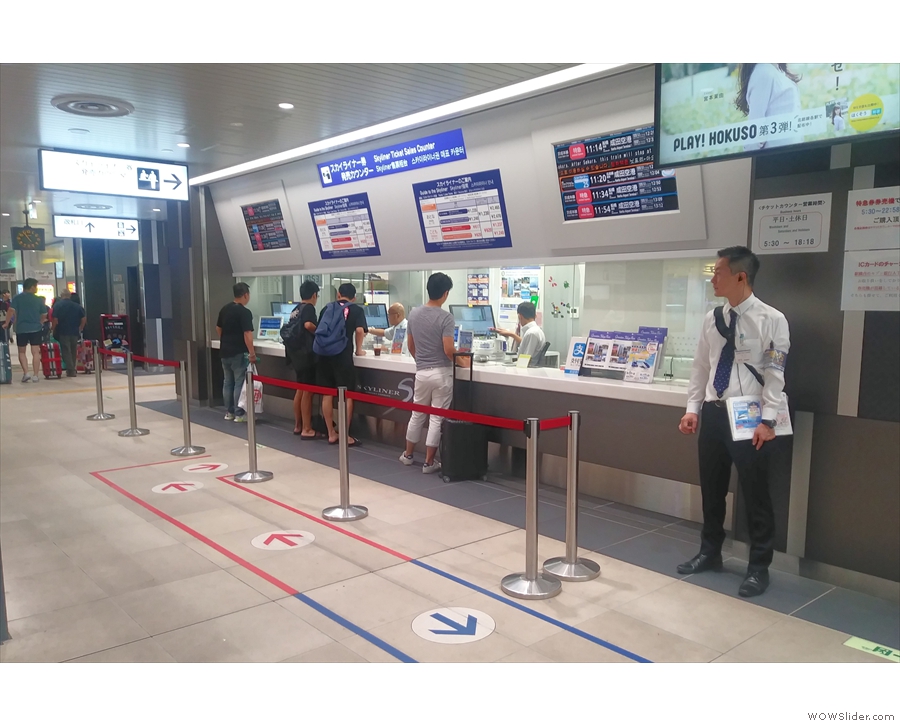
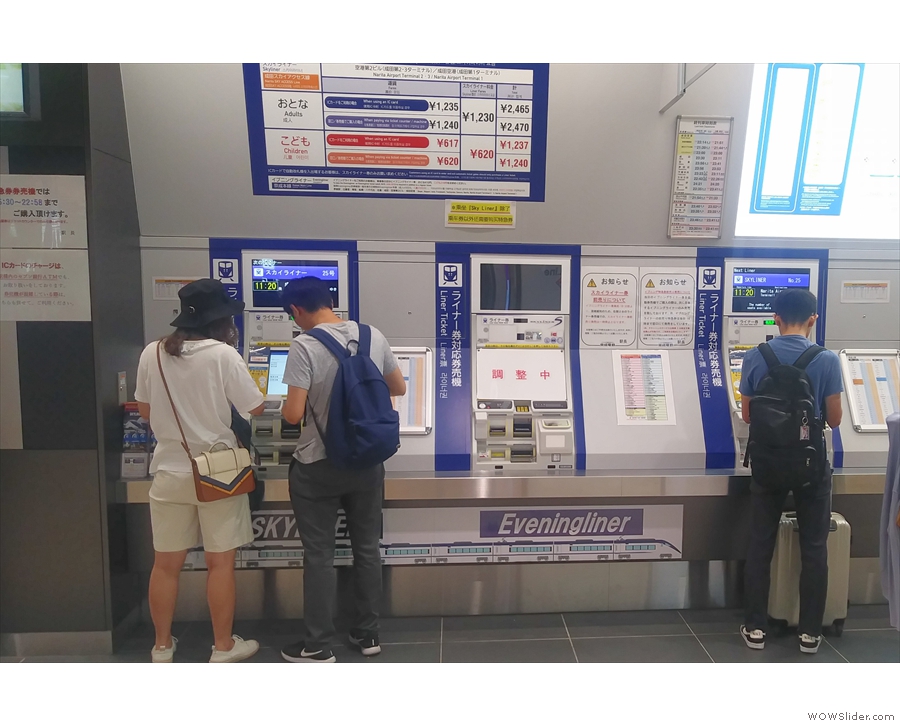
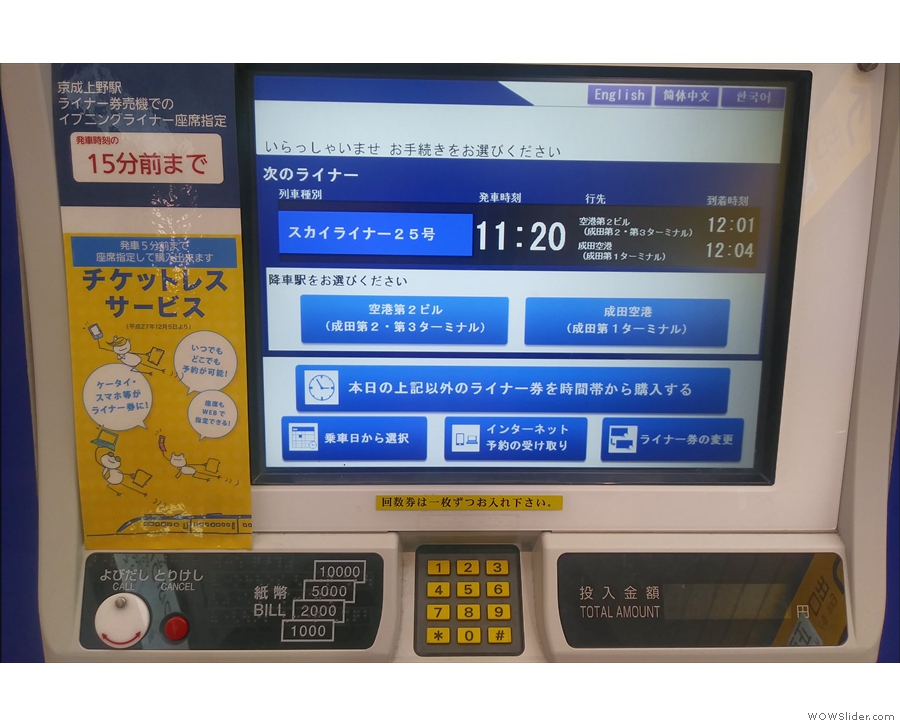
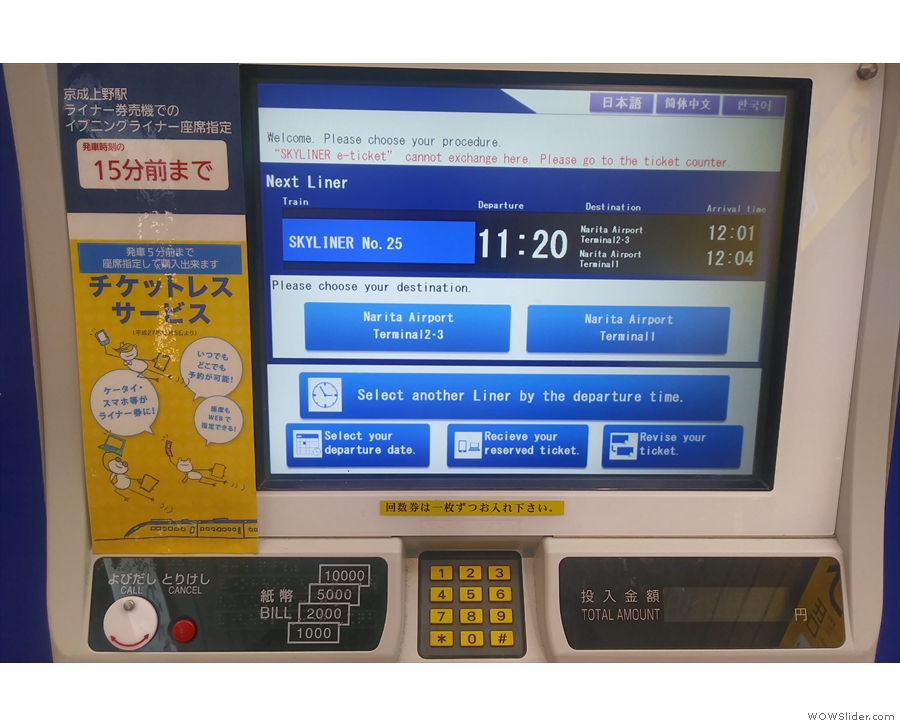
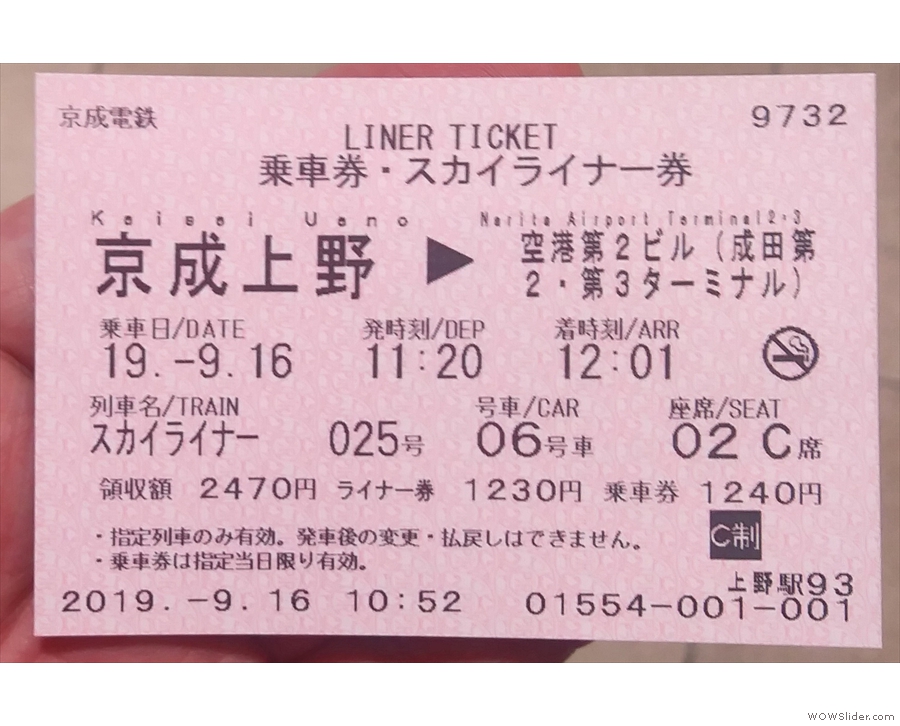
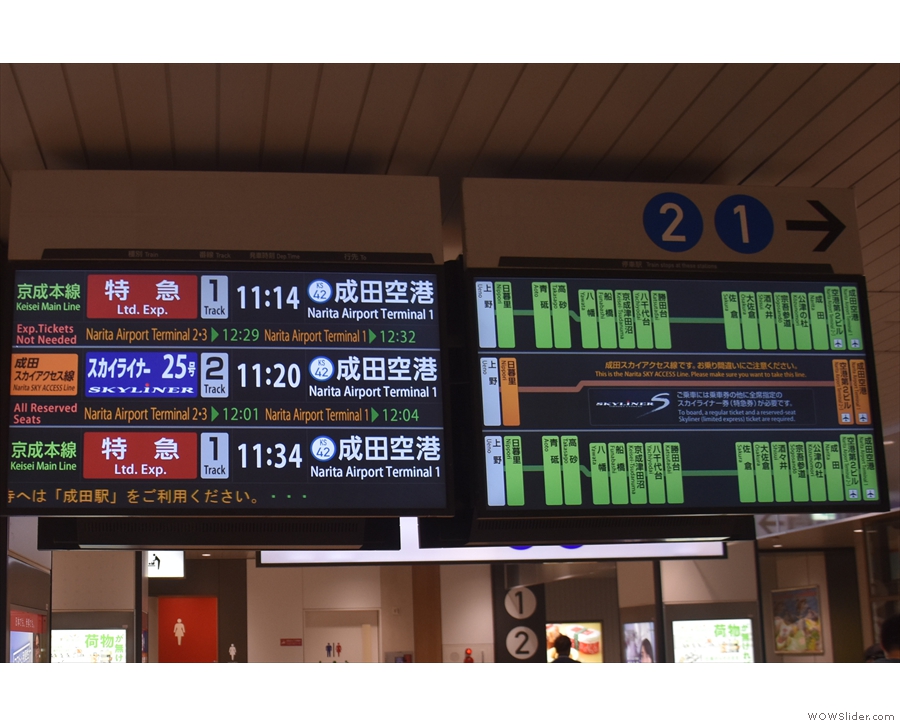
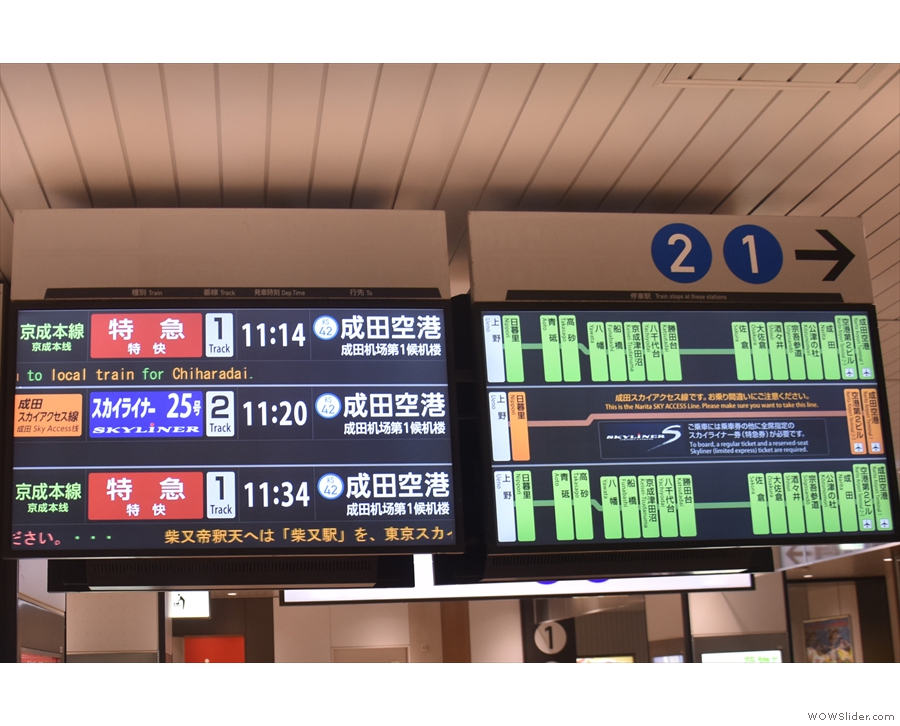

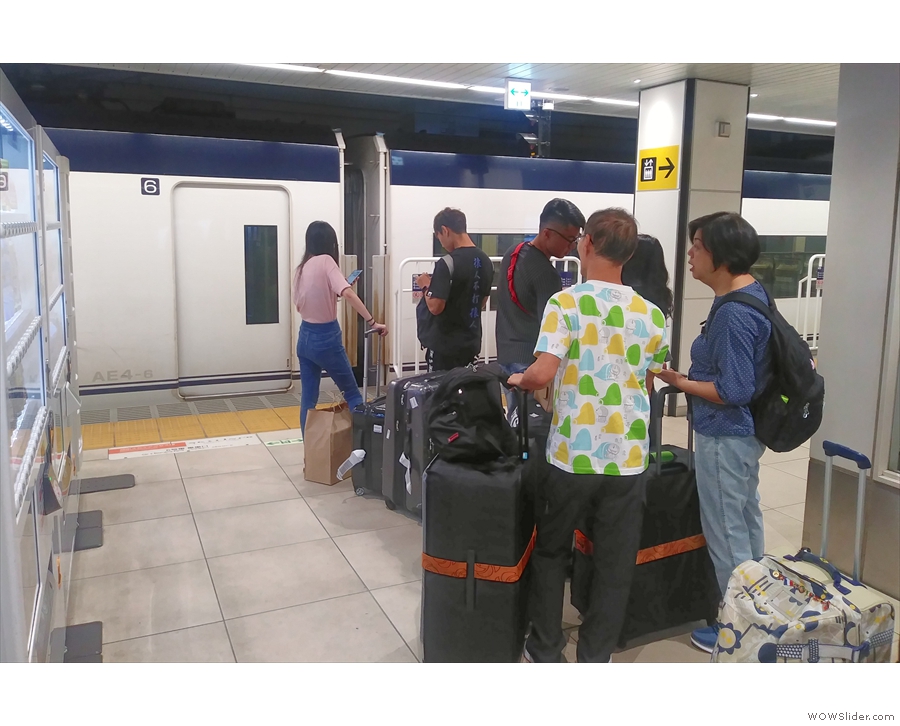

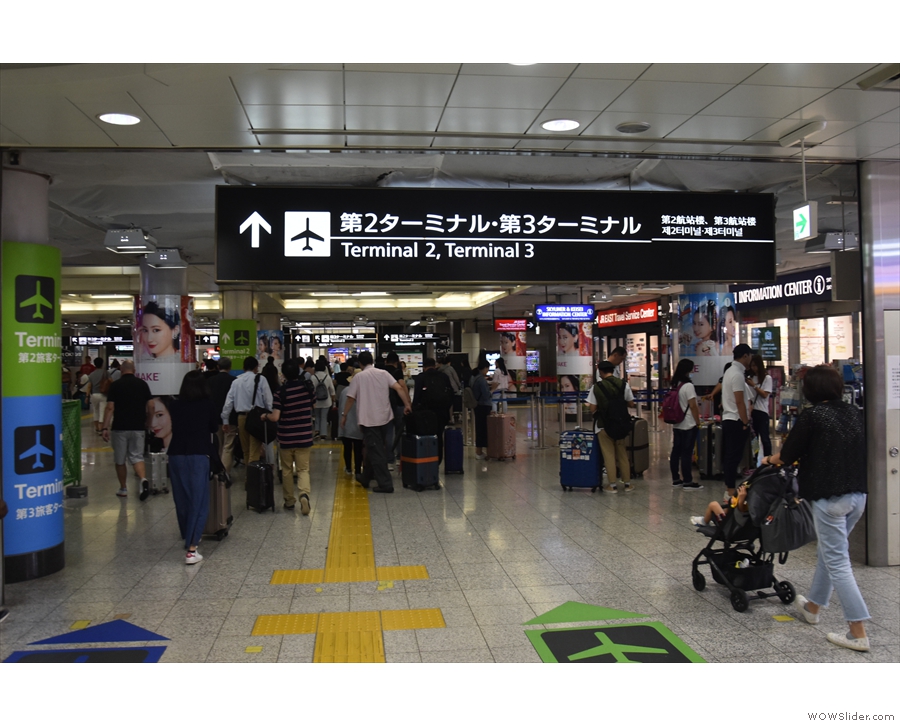
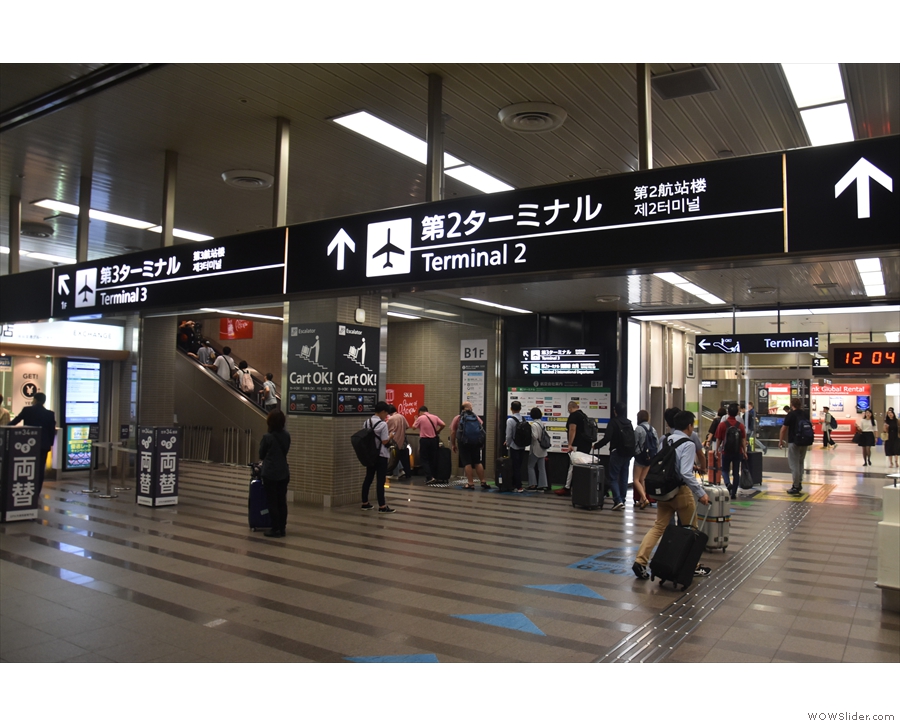
 1
1 2
2 3
3 4
4 5
5 6
6 7
7 8
8 9
9 10
10 11
11 12
12 13
13 14
14
Pingback: Brian’s Travel Spot: Flying Finnair, Part II – Helsinki to Tokyo | Brian's Coffee Spot
Pingback: Brian’s Travel Spot: Returning from Tokyo in Club World | Brian's Coffee Spot